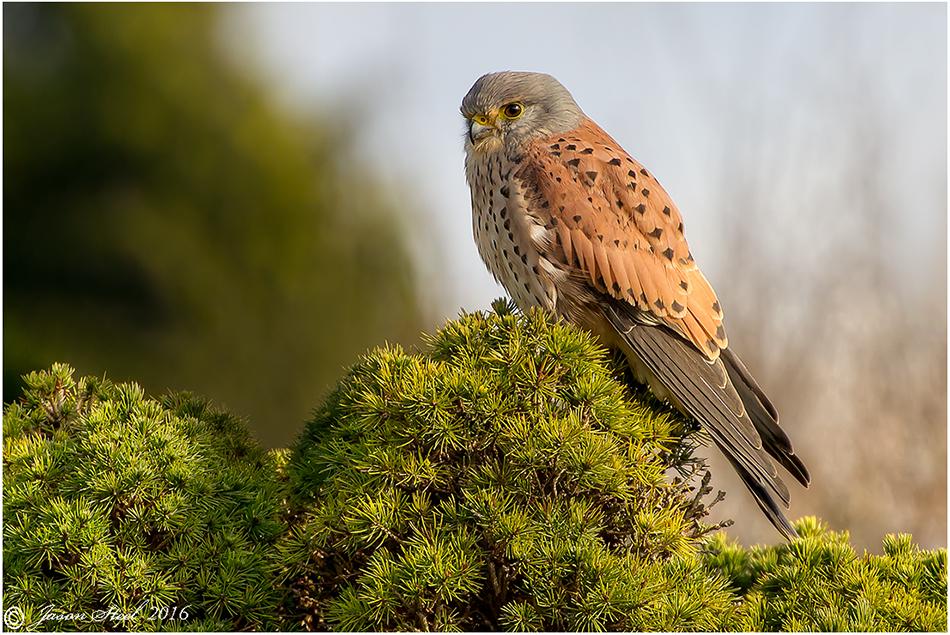
Male Kestrel photographed in a public gardens in SE London.
Kestrel (Falco tinnunculus)
The Kestrel is one of Britain's most frequently encountered birds of prey and is a member of the Falcon family. It's a fairly small falcon with total length of around 34cm and a wingspan of 70-80cm. Once their numbers were in rapid decline but they have adapted well and expanded their range and can now be seen hovering above motorway verges and even in parks in city centres. With their long tails, pointed wings and bright colours they are stunningly beautiful birds to watch as they fly from tree to tree or hover in the middle of the sky searching for prey. Kestrels will prey on small mammals where available especially around farmland and countryside locations. In the towns they are forced to rely more on small birds for prey, but they will also readily eat insects and pull worms from the soil too. In warmer parts the Kestrel will also actively seek out lizards. The Kestrel's strongest weapon is its ability to hover for considerable lengths of time but they can also fly at over 40 mph in level flight. They have superb eyesight and can easily spot small prey such as a beetle from 50 metres away!
This photo of the male Kestrel is one of a pair living totally wild in Kent. Luckily the Kestrel was preoccupied with a pair of crows that had just been diving at it to chase it away. This allowed me to very slowly and quietly get round behind the Kestrel where the light was perfect, to within about 15-20ft whilst it had its back to me. Once close enough I fired off the first photo and the Kestrel immediately turned its attention to the new danger behind it. I was able to capture just a few shots before it flew off.
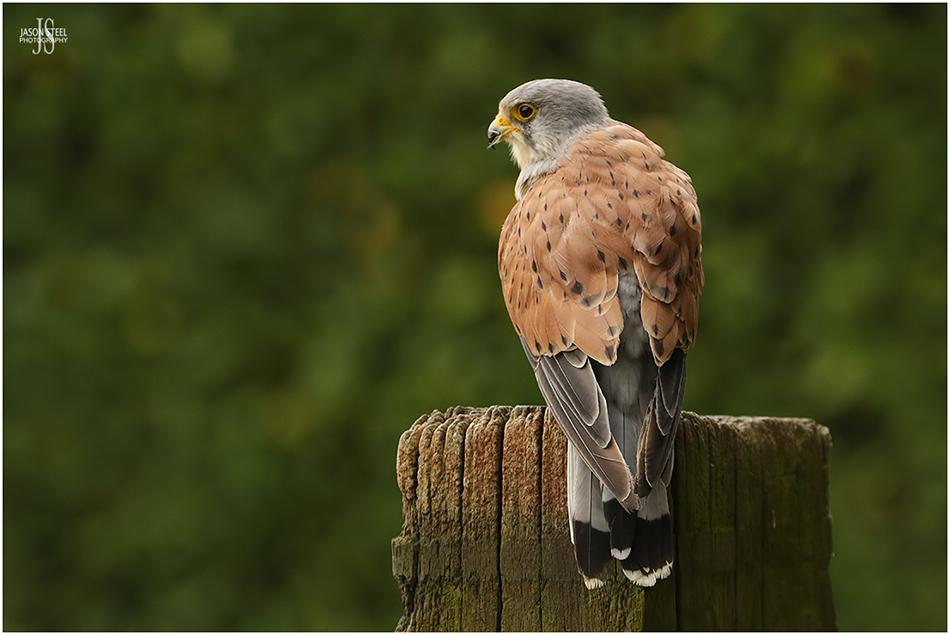
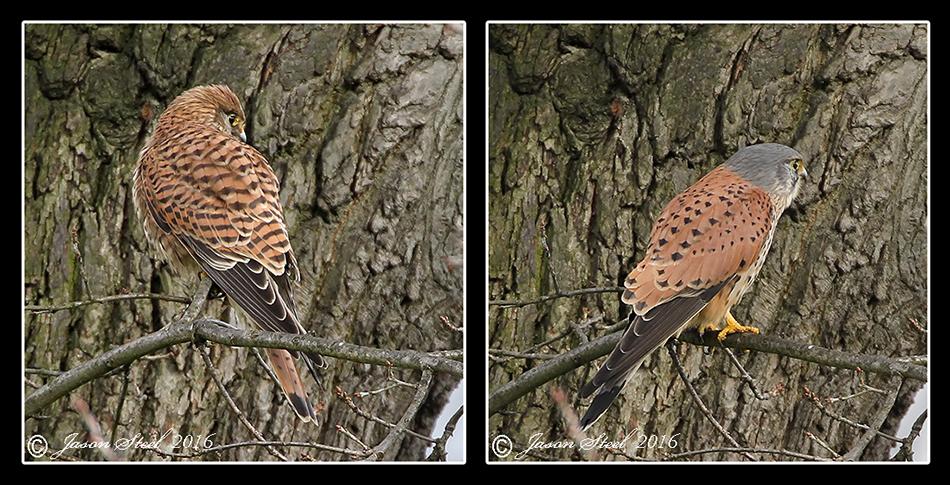
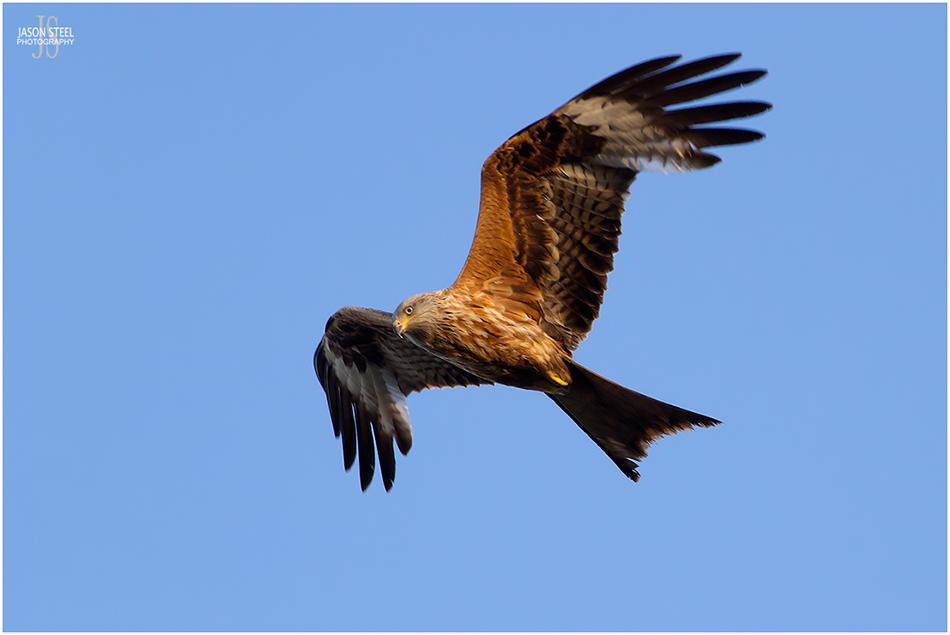
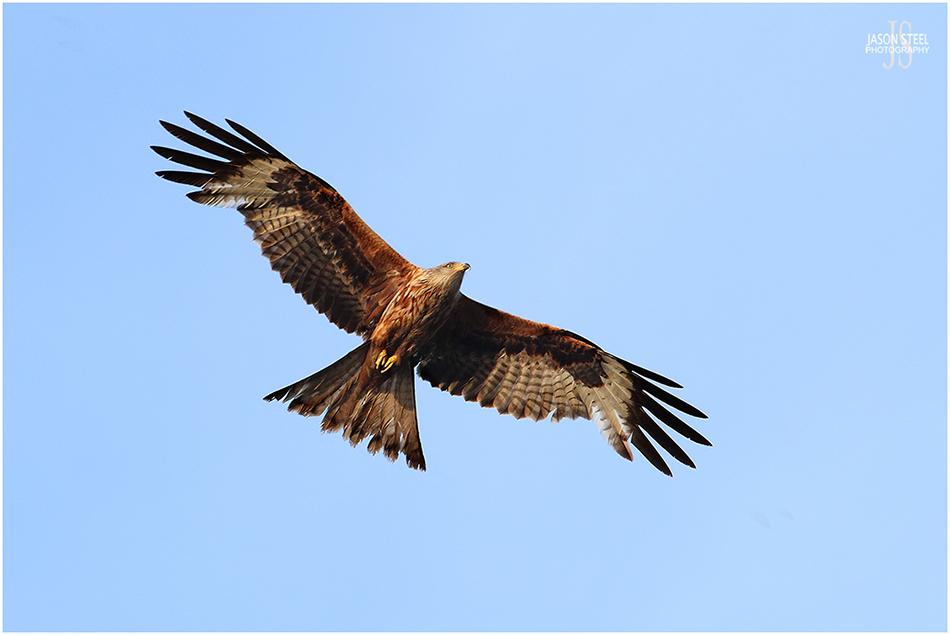
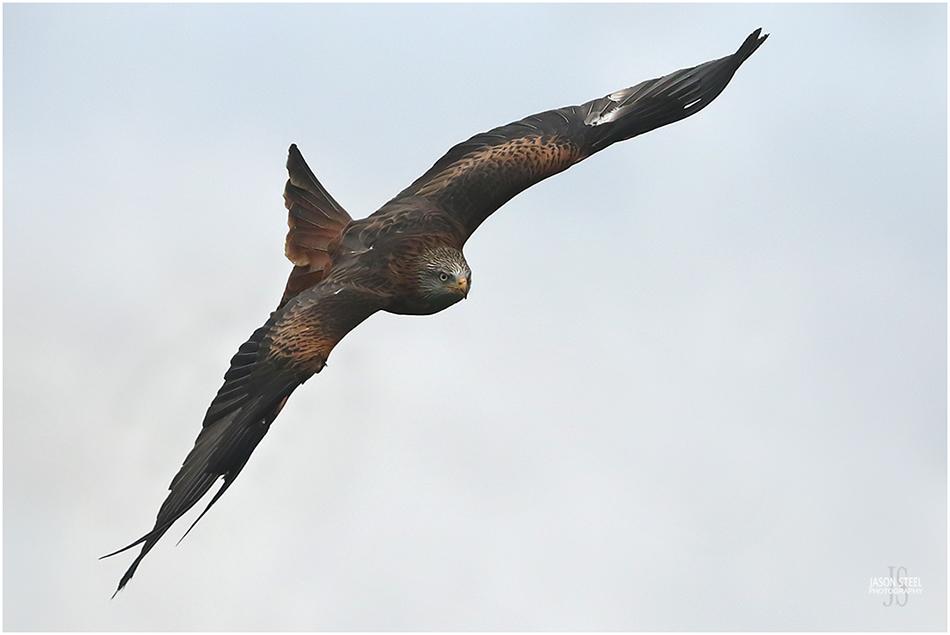
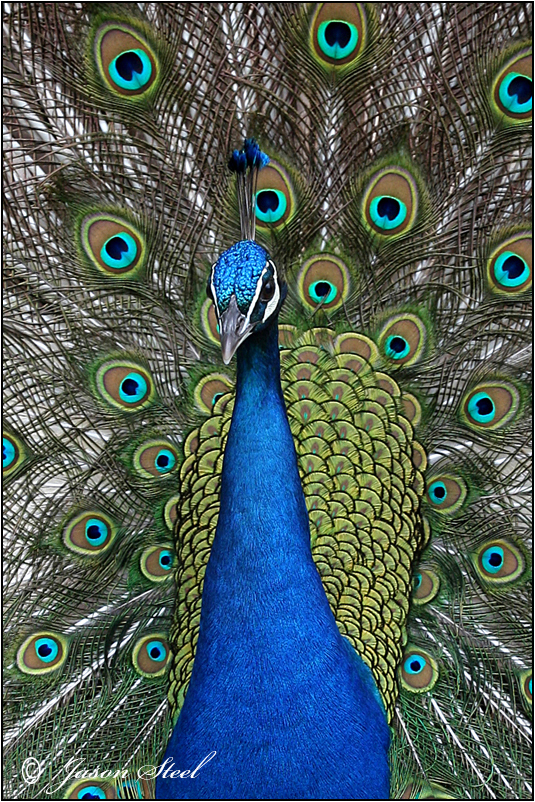
The Indian Blue Peacock (Pavo cristatus)
The Blue Peacock is not originally native to Britain but they are now frequently kept on many parks and reserves throughout this country. In fact they have been kept as pets across the world for thousands of years. In the wild the Peacock feeds on plants, seeds, insects, spiders, reptiles and amphibians. These birds are said to be fairly easy to keep in captivity and will lay clutches of 3-8 eggs up to three times a year.
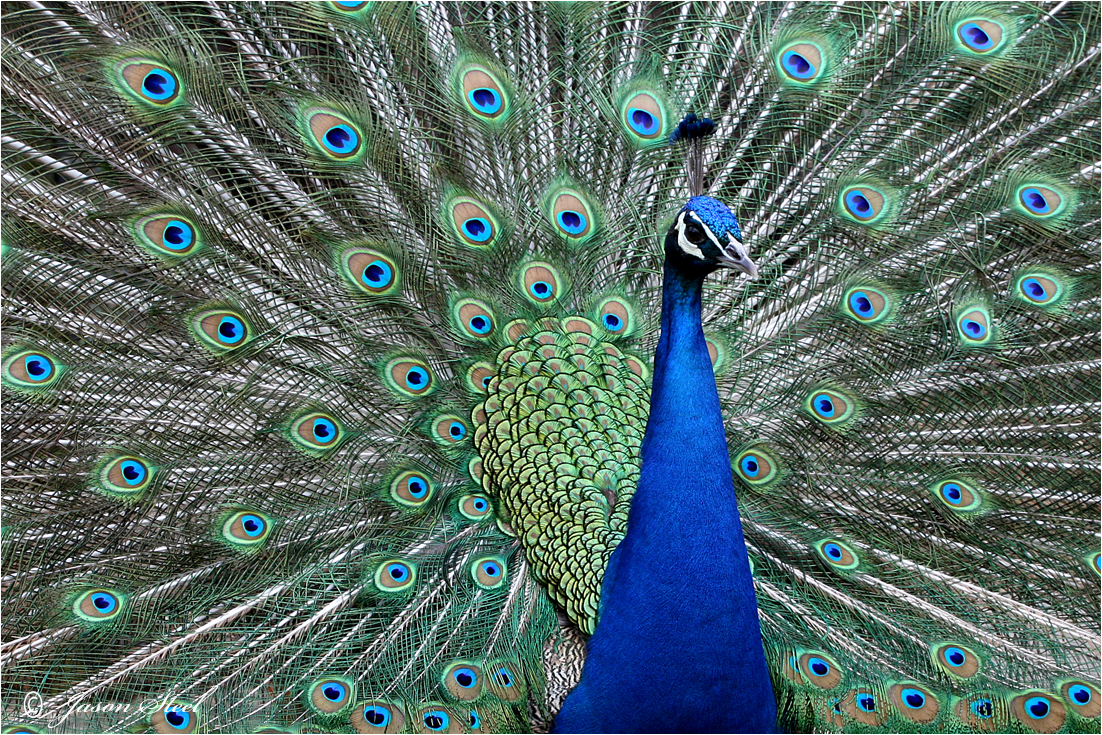
The Indian Blue Peacock is native to both India and Sri Lanka and has been designated as the 'national bird of India'. The males have these amazing colourful tail feathers that they can spread into a stunning fan effect. These displays are used for courtship and mating rituals.
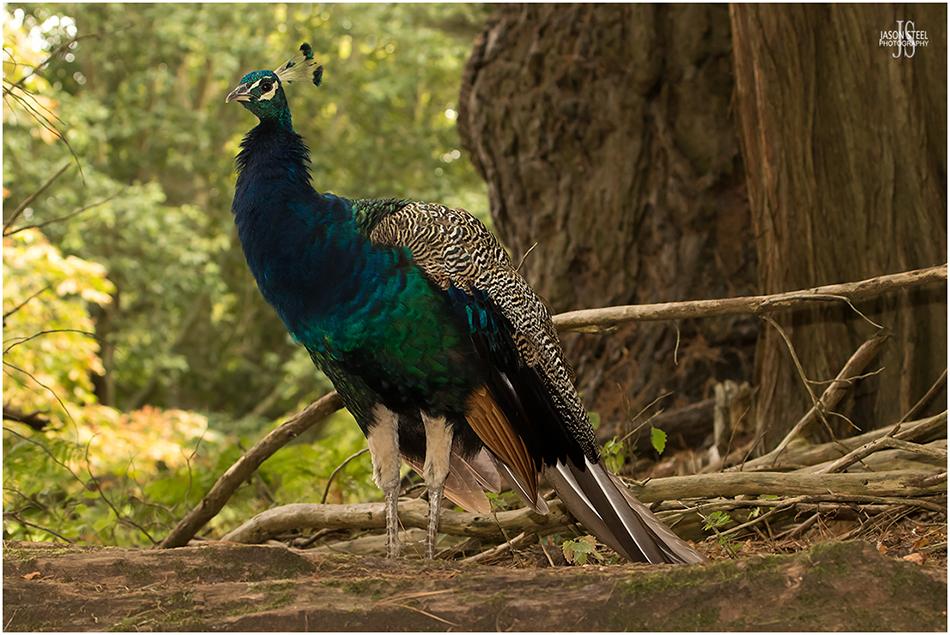
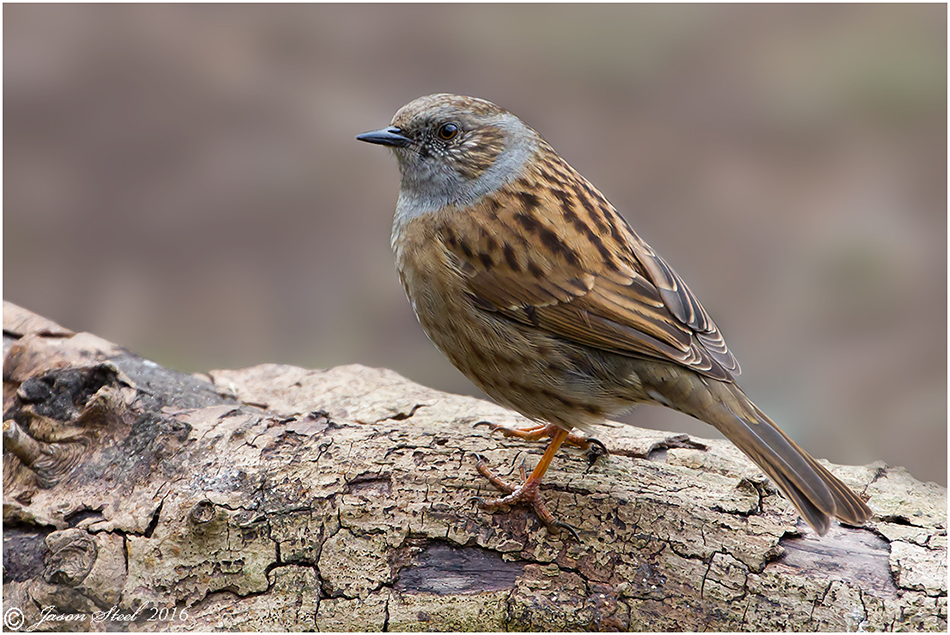
Dunnock, Prunella modularis.
Dunnock - (Prunella modularis)
A small and often over-looked British bird often mistaken for a Sparrow. This brown and grey unobtrusive bird is often seen foraging along the bottom of hedgerows or woodland edges right across the British Iles. They are quite a nervous and twitchy bird and are usually seen on the ground near to cover feeding on insects.
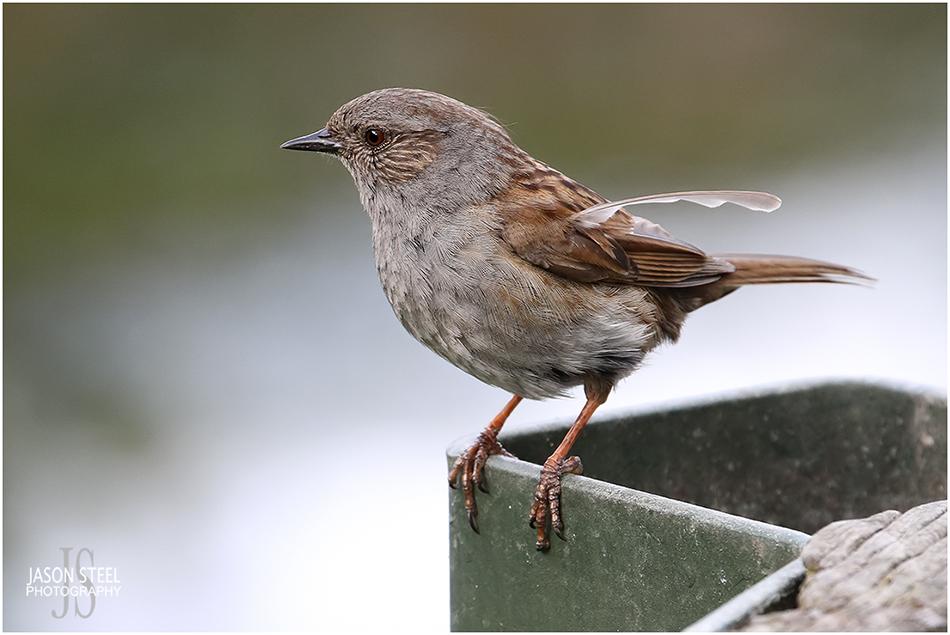
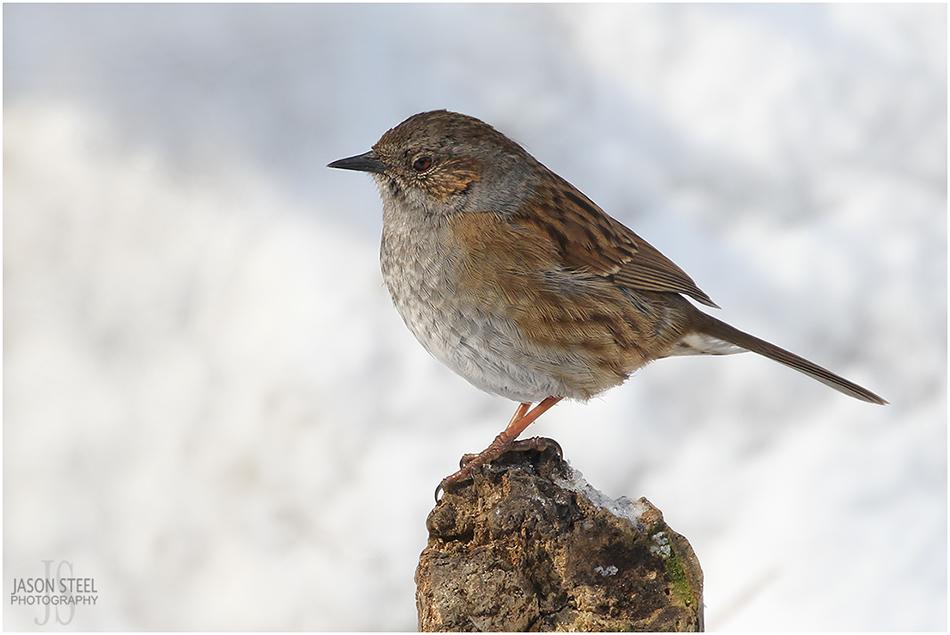
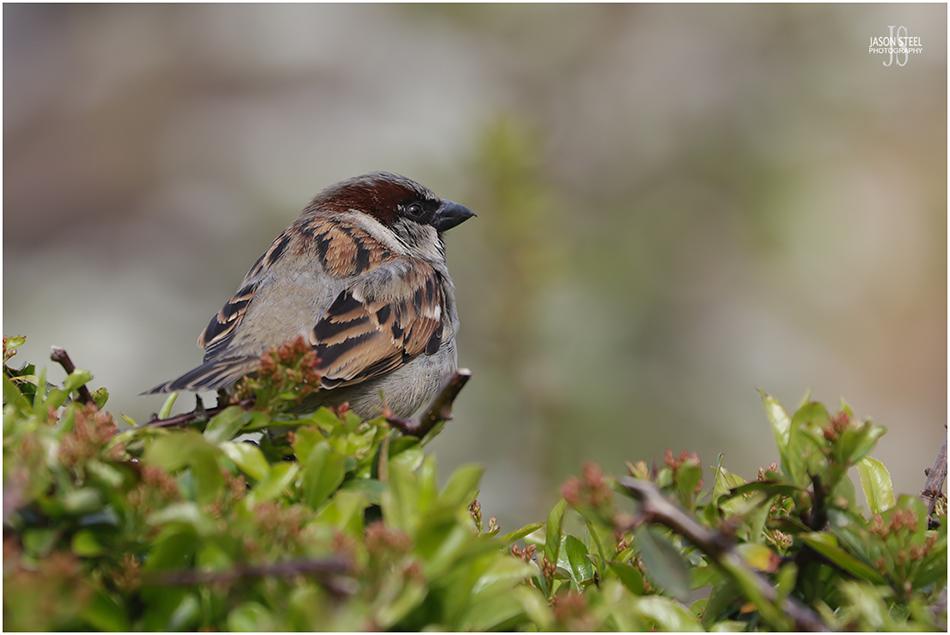
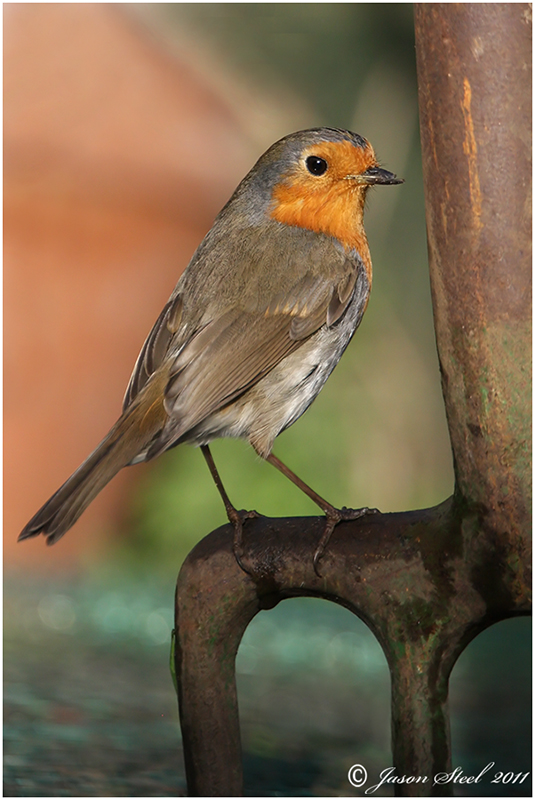
The Robin
The Robin is Britain's favourite bird. With its bright orange / red breast and its beautiful singing voice its a welcome visitor to any garden. Robins are known for being brave and inquisitive and often come down to investigate and feed on insects brought to the surface by gardeners working out in the garden.
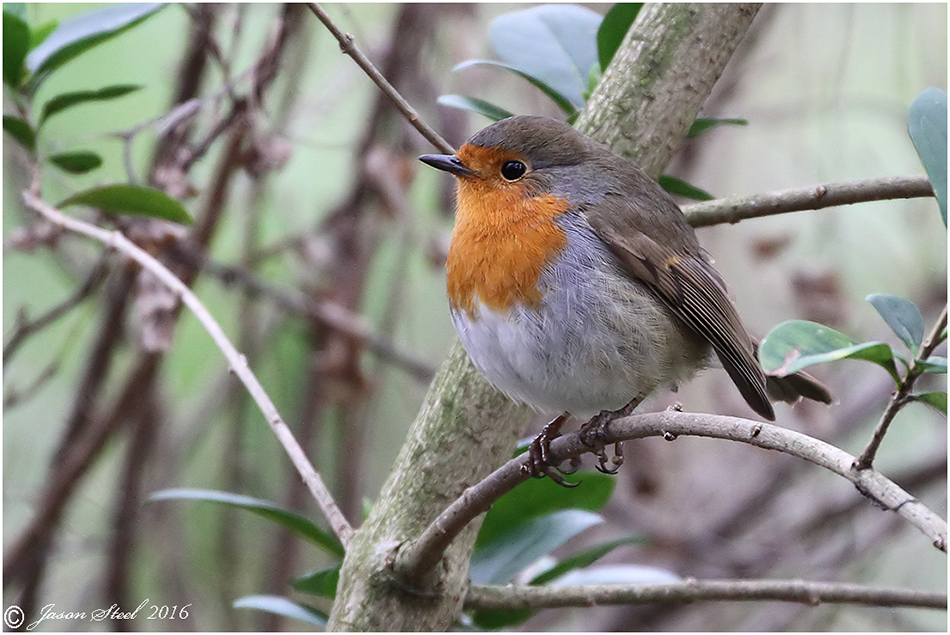
The British Robin does not migrate and can be seen in Britain all year round. They are tough enough to endure the northern winters and this has given the Robin iconic status appearing on many Christmas cards as the Robin is very often the only bird in British gardens to be heard singing on Christmas Day. In 1960 the Robin was crowned the UK's national bird.
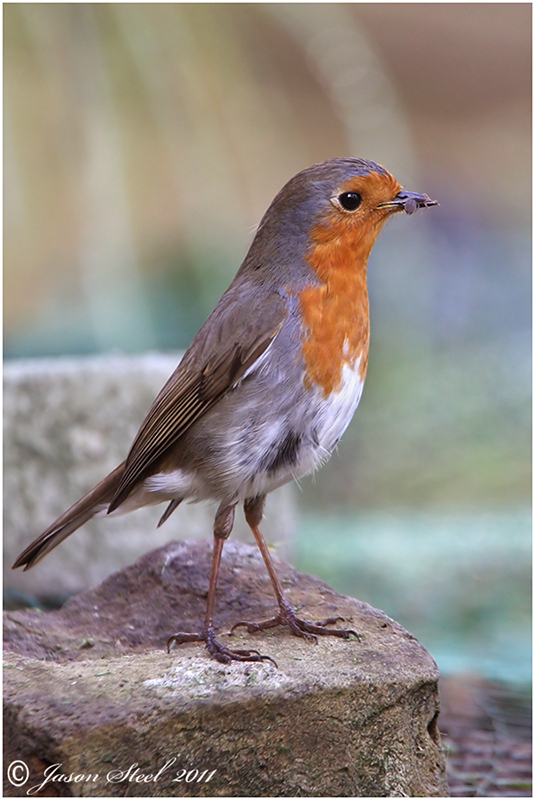
As beautiful as they are the Robin is a hugely territorial bird and the male will ferociously drive off any other male Robins entering its territory. Male and female Robins are virtually indistinguishable but juveniles do not have any red feathers on their chest. It is suggested that this could be to stop the adult male Robin from driving the young birds out of their territory.
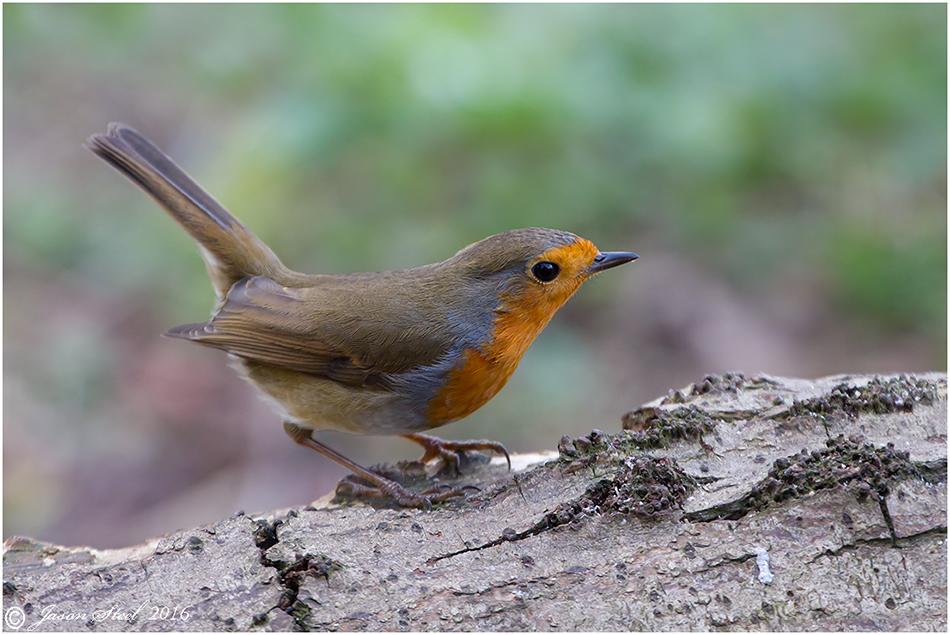
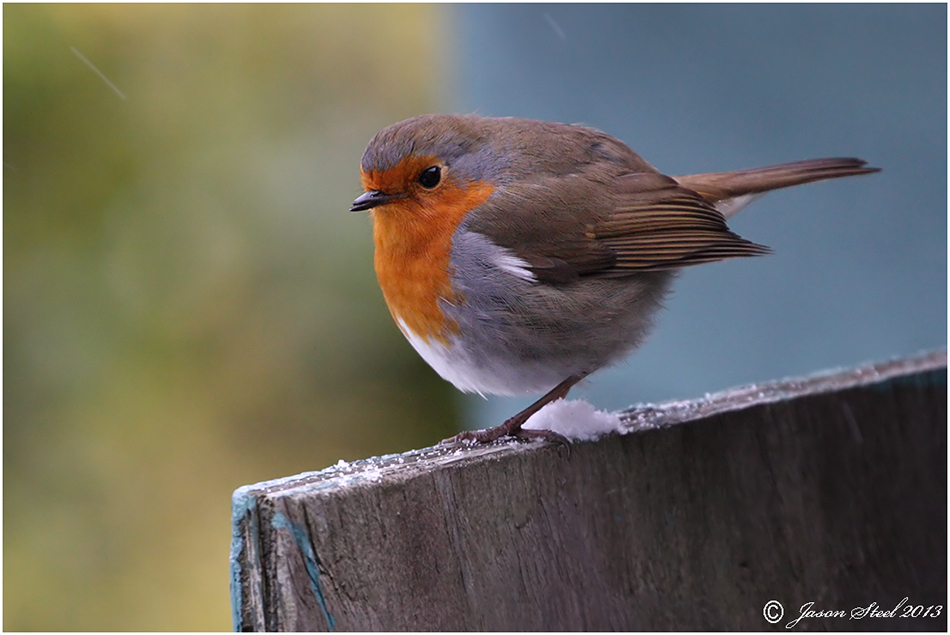
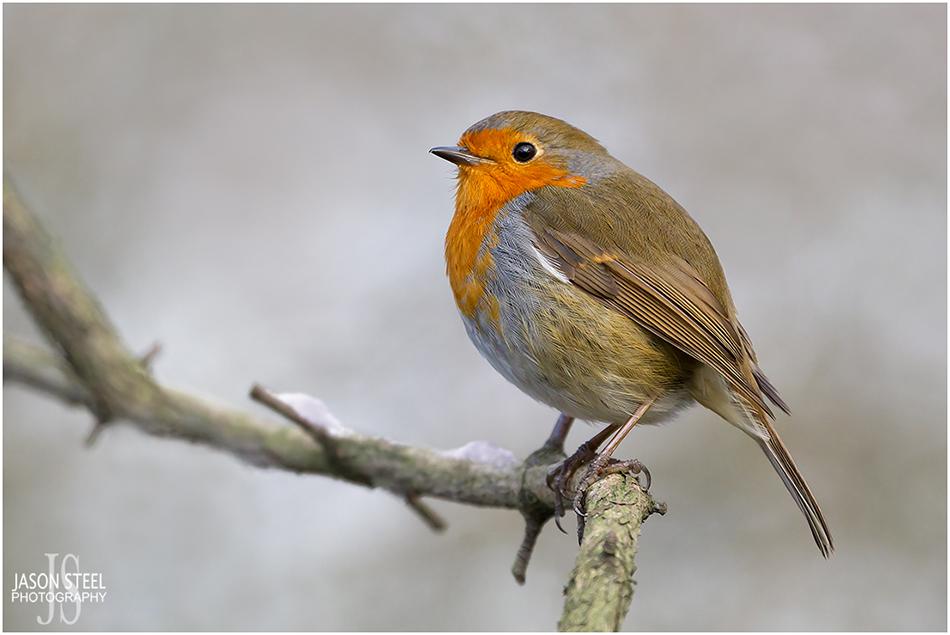
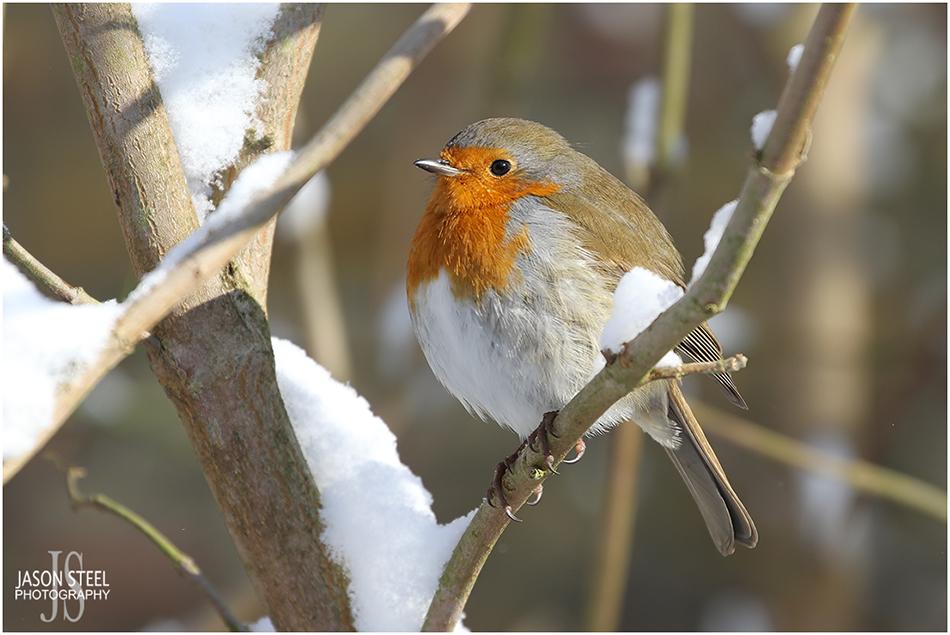
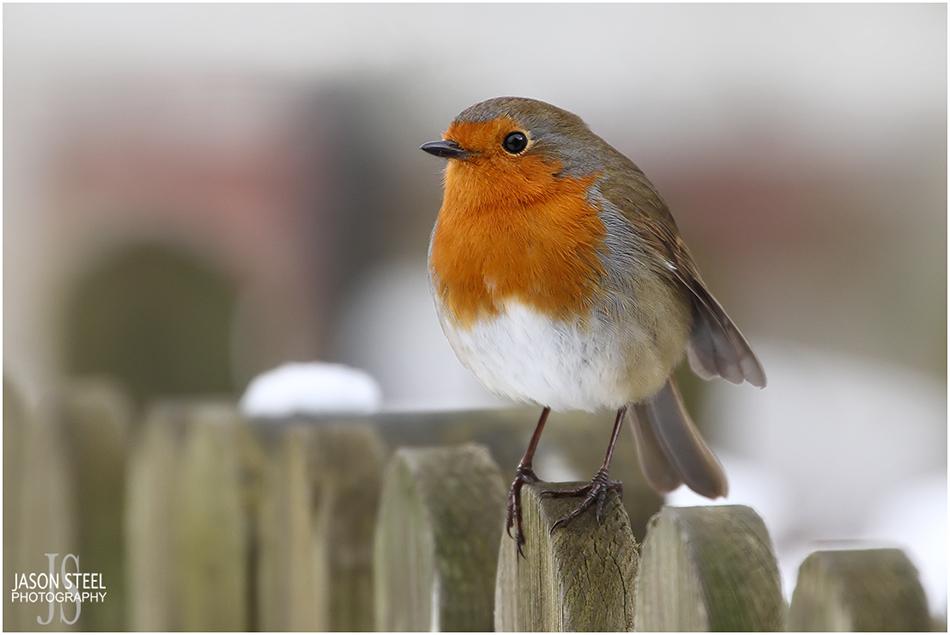
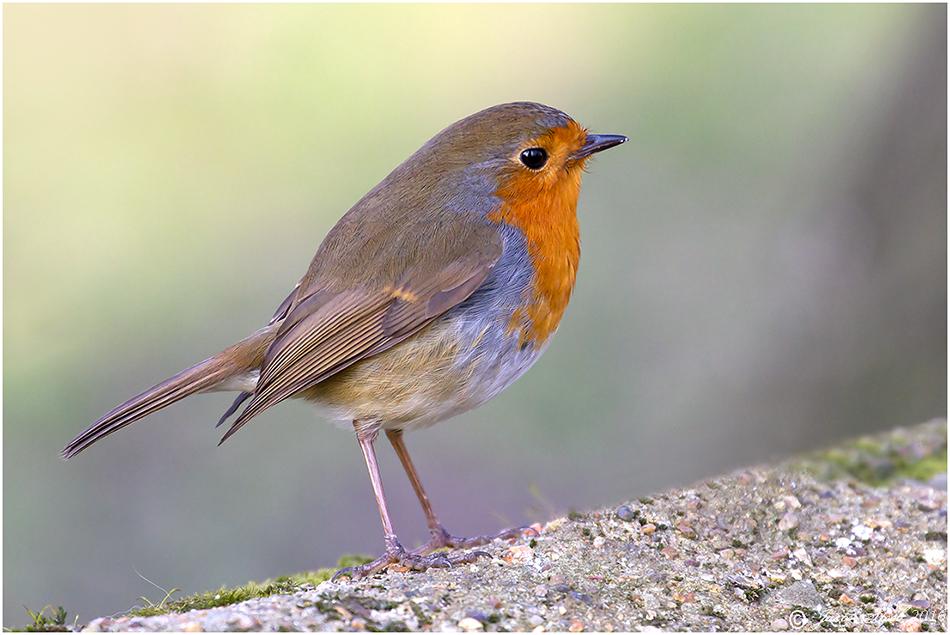
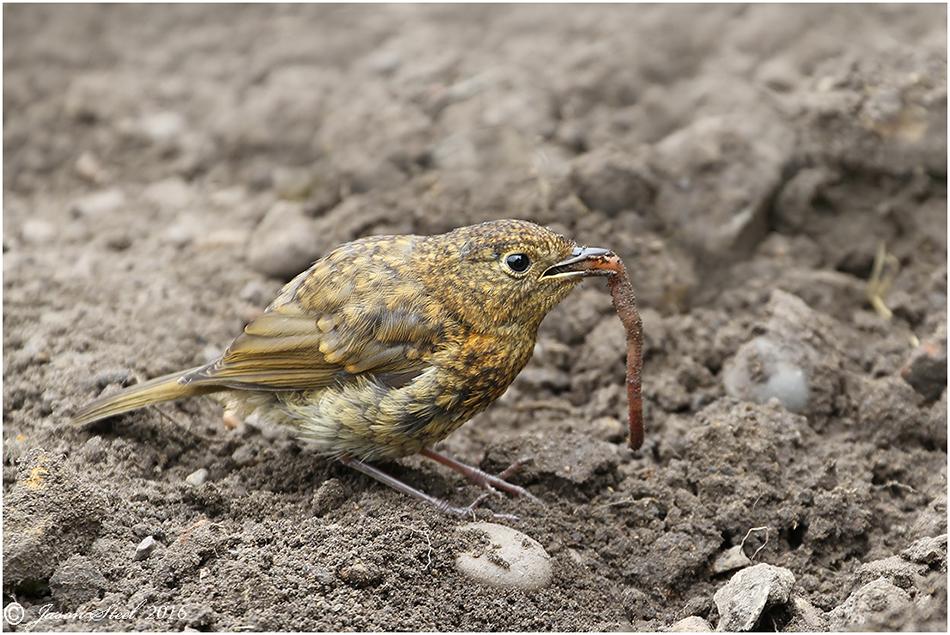
Juvenile Robins lack the bright red chest of their parents, but they can be just as bold and inquisitive though. This young Robin landed right next to me as I began digging in my garden.
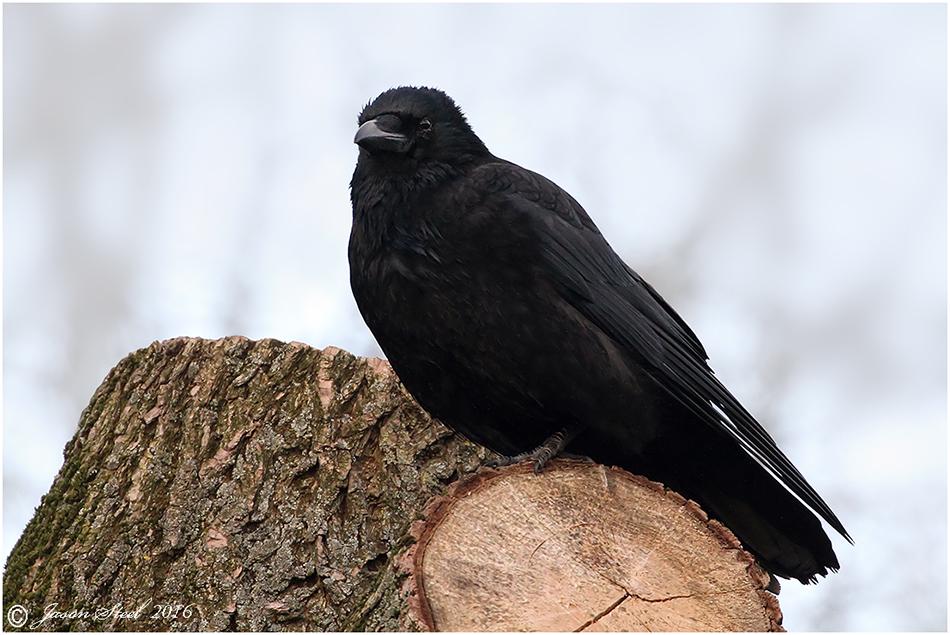
Carrion Crow
Easily confused with other members of the Crow family, Rooks, Ravens and Jackdaws. The Carrion Crow is uniformly black with a dark grey or black steeply curved and stout bill. They have neat plumage unlike the scruffy appearance of the Rook. Considerably smaller than the similar looking Raven. The Raven also has a longer bill and neck. Choughs can also look similar but have a long, thin, red and down-curved bill and pink / orange legs.
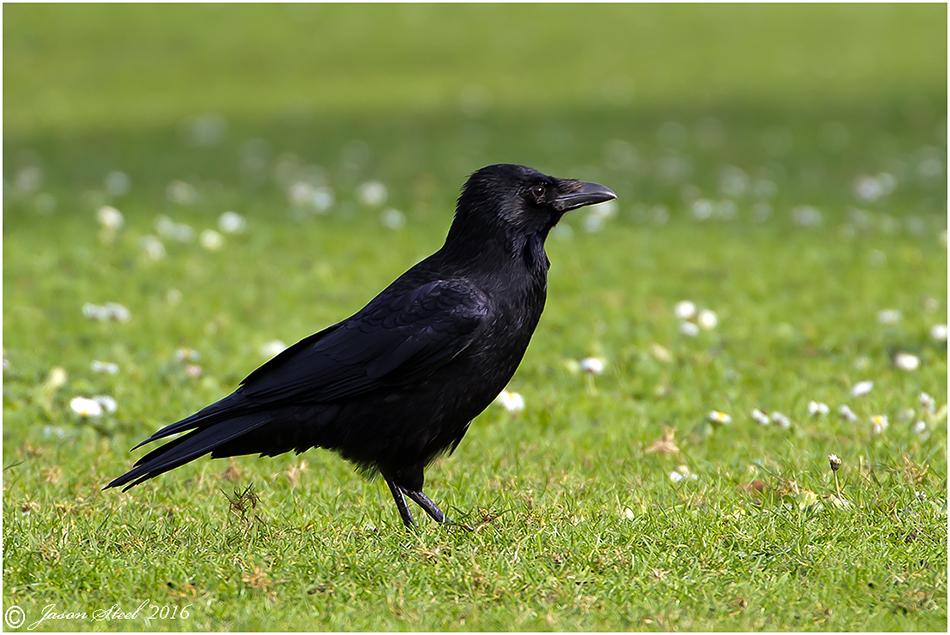
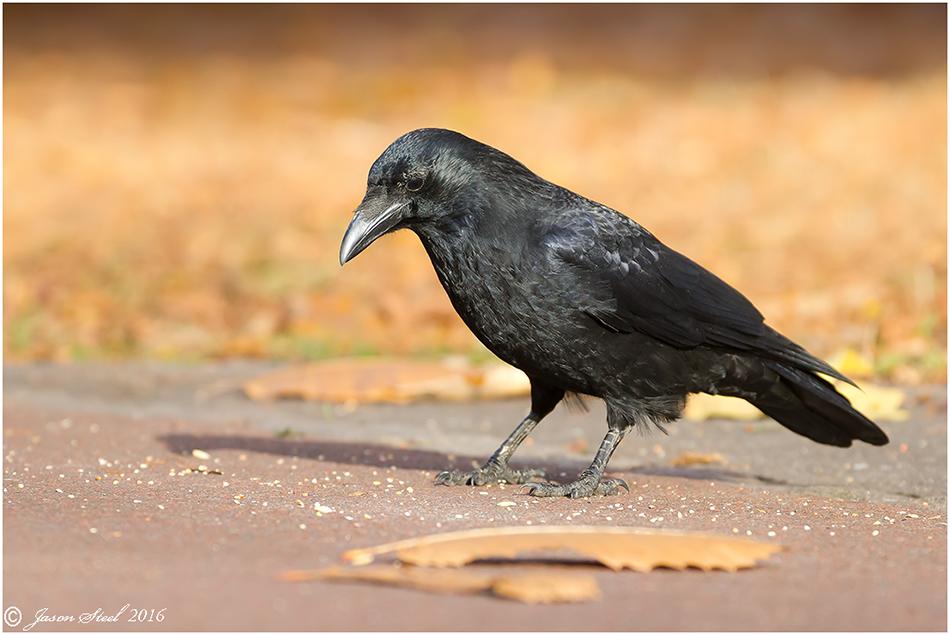
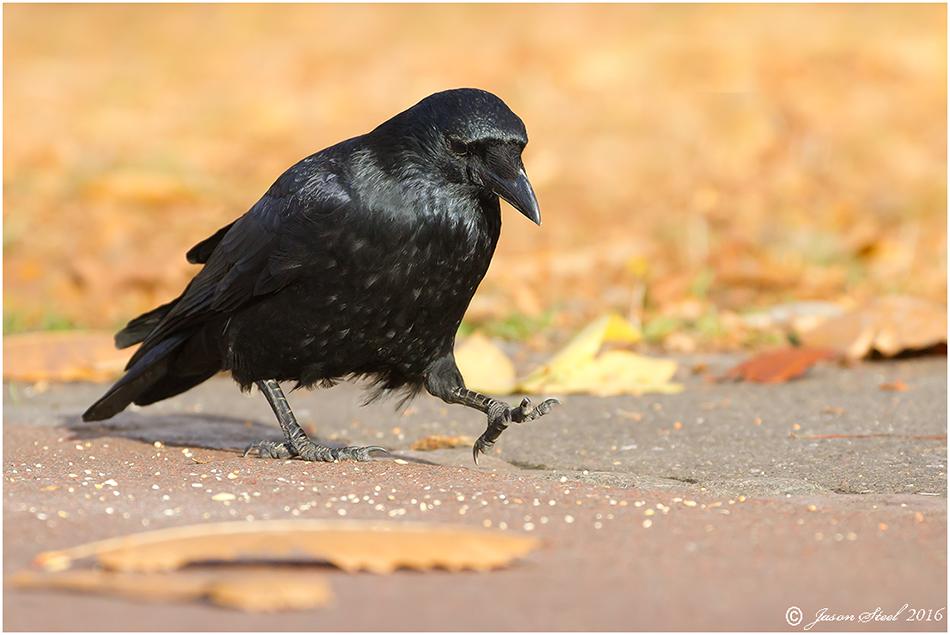
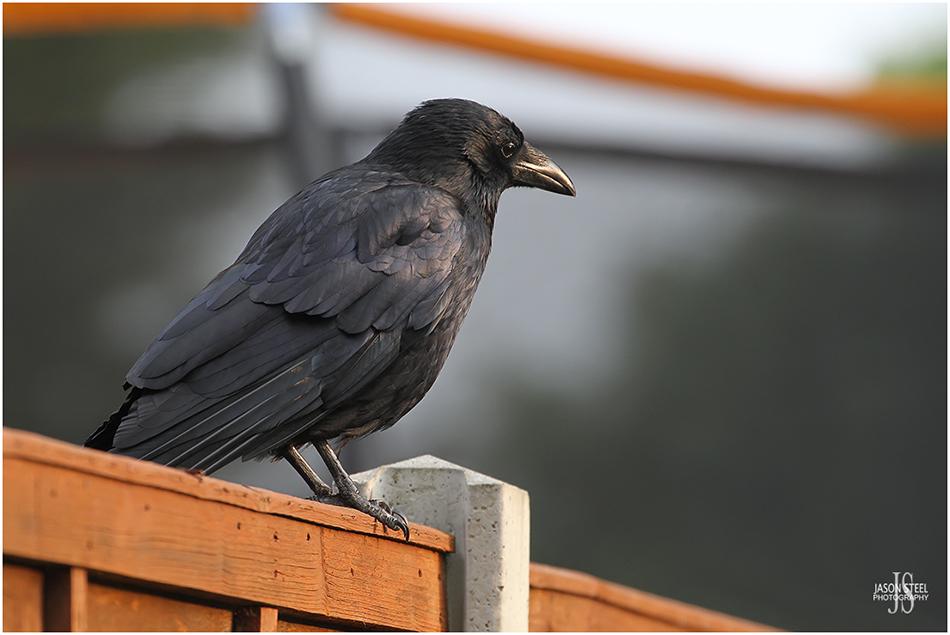
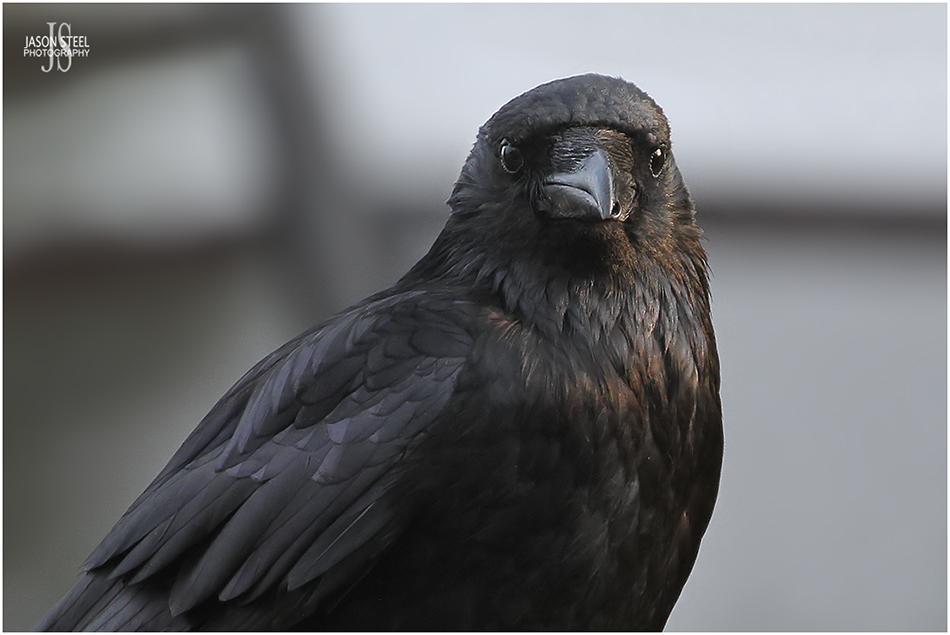
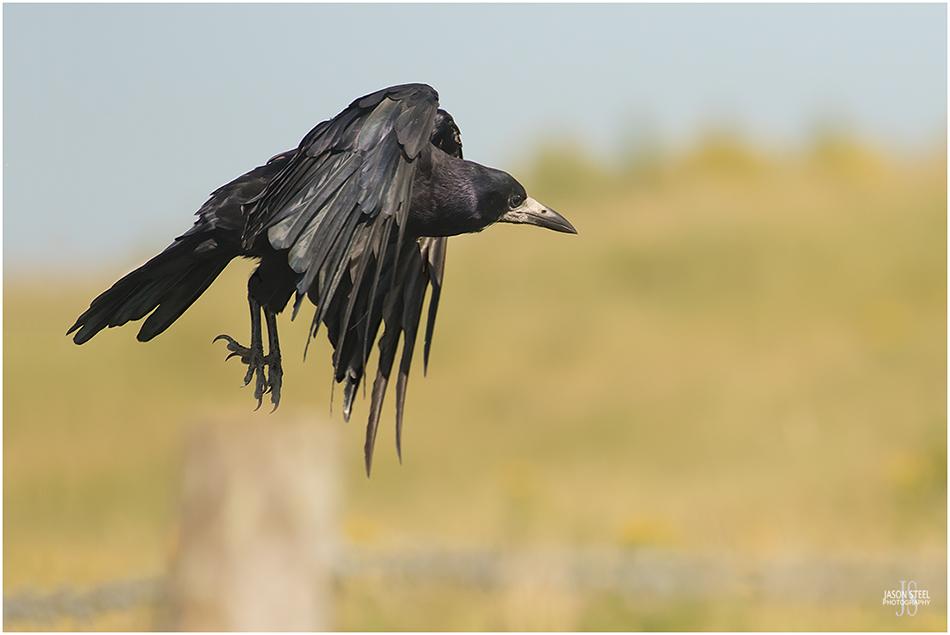
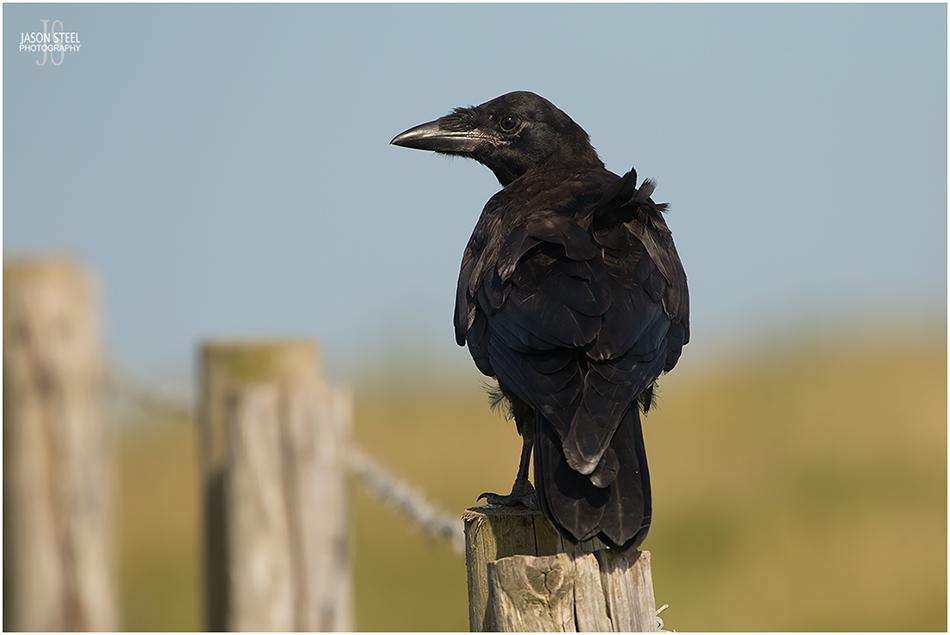
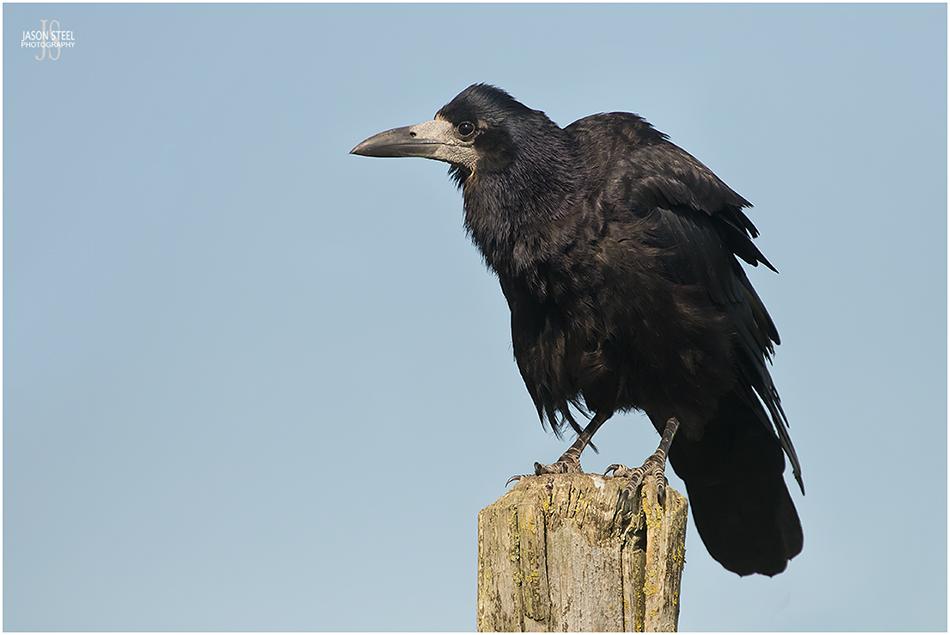
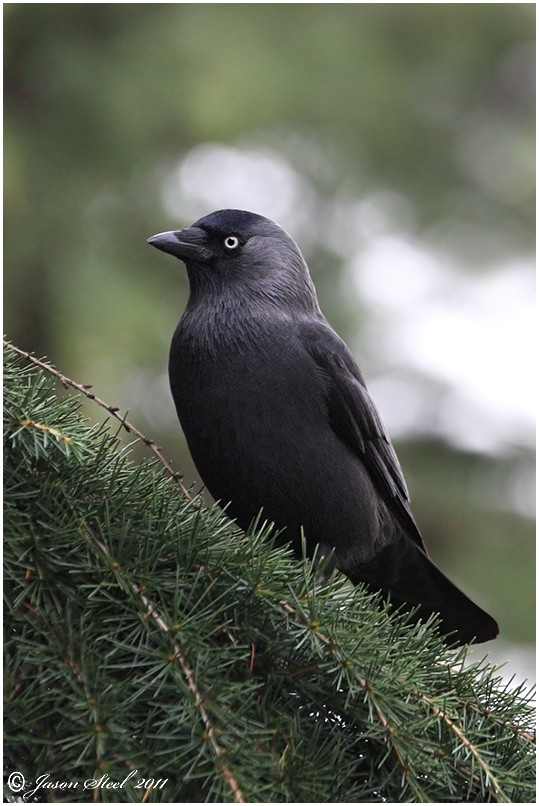
The Jackdaw
The Jackdaw is the smallest member of the Crow family and can be distinguished from the other members (Crow, Rook, & Raven) by its bright silvery-white eyes and its grey chest and back feathers although these often look black from a distance. Jackdaws are very sociable birds and can often by found in pairs or large flocks. They are very competent fliers and can put on great aerial displays.
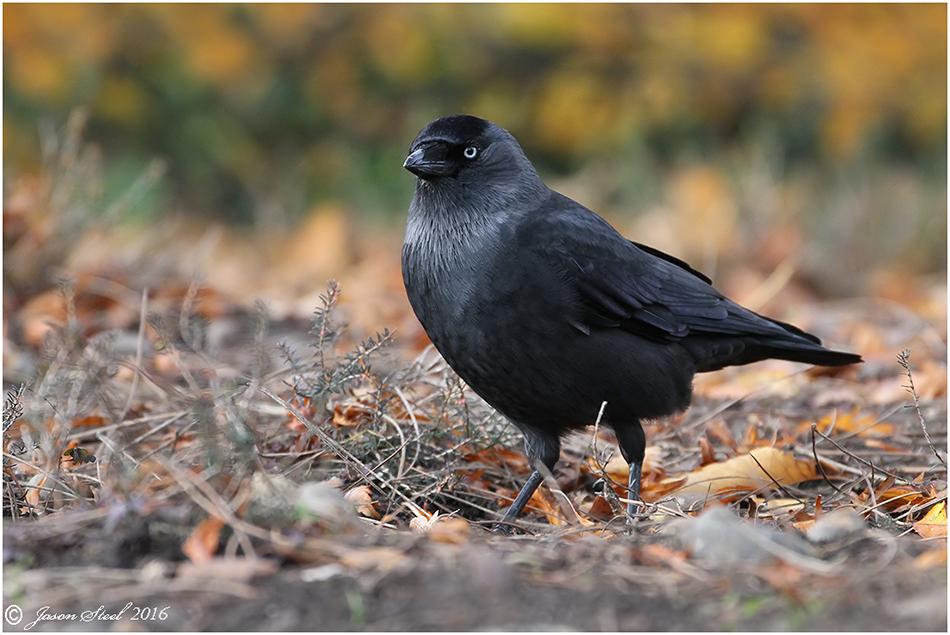
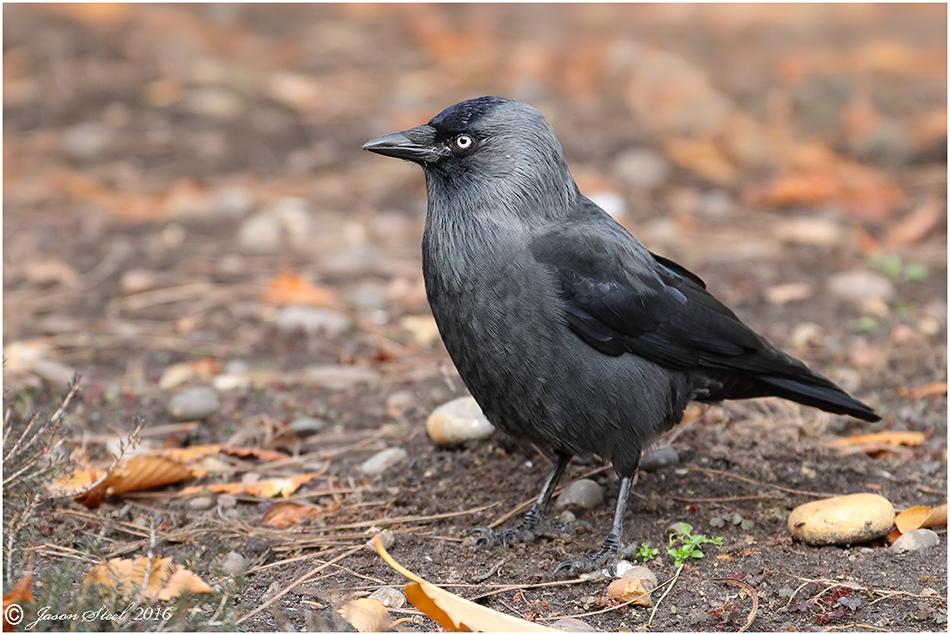
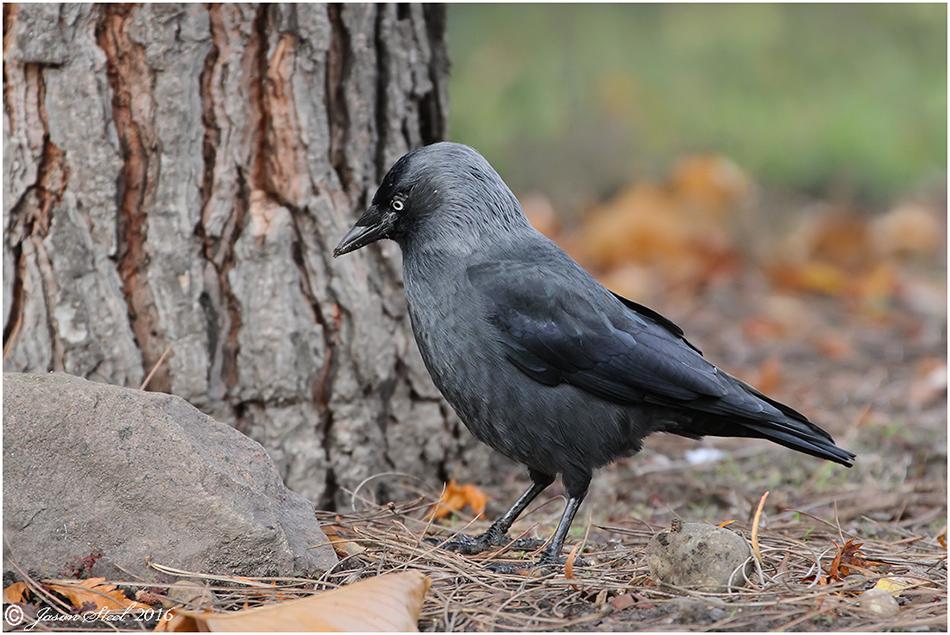
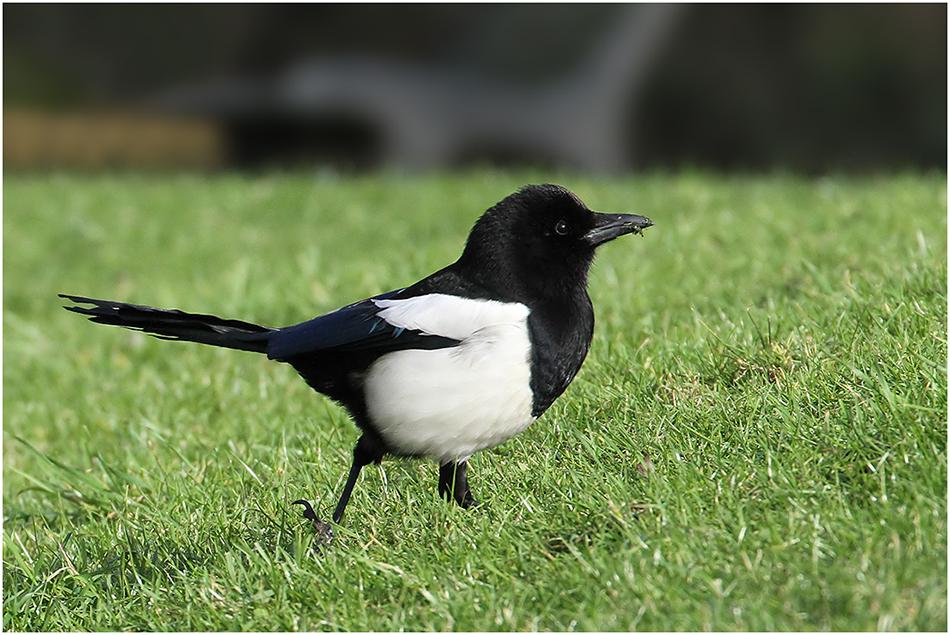
Magpie
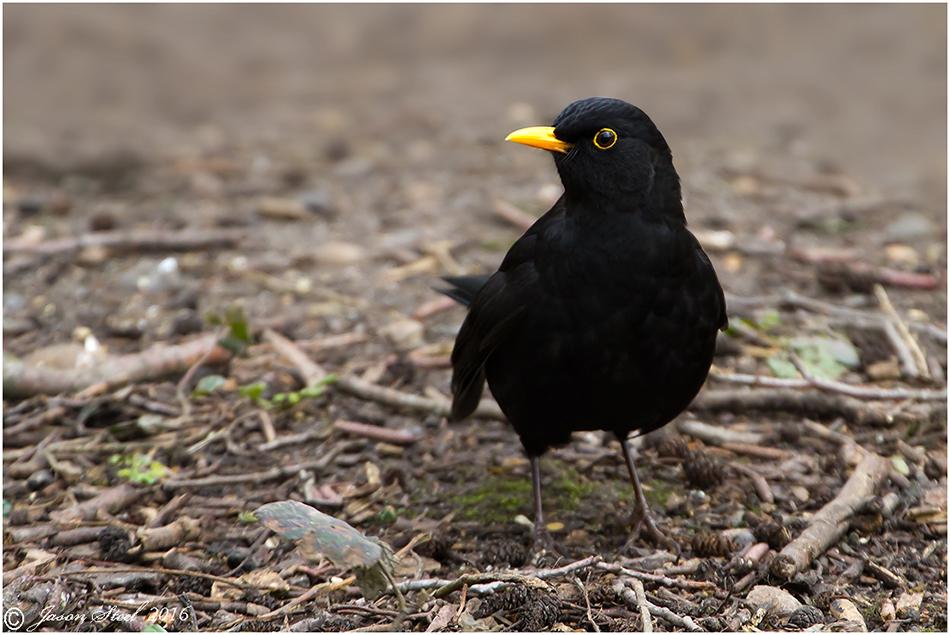
Blackbird (Turdus merula)
A common sight across the UK, and seen anywhere from gardens, countryside, woodland and coastal hills. A tuneful visitor with a mellow song. The male lives up to its name with a dark black coat contrasting beautifully against its yellow bill and eye ring. The female however is usually brown and often has spots or streaks on its breast.
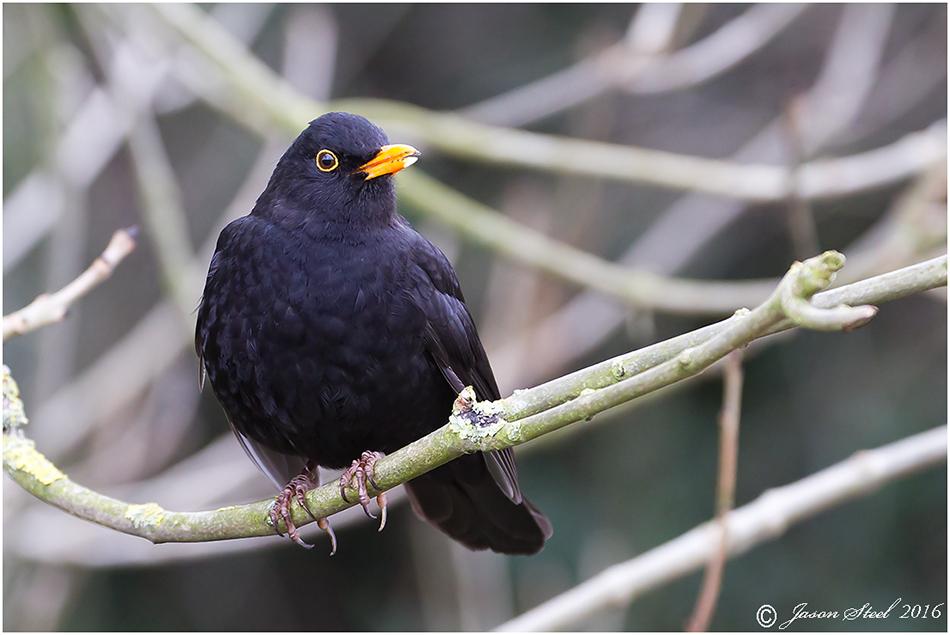
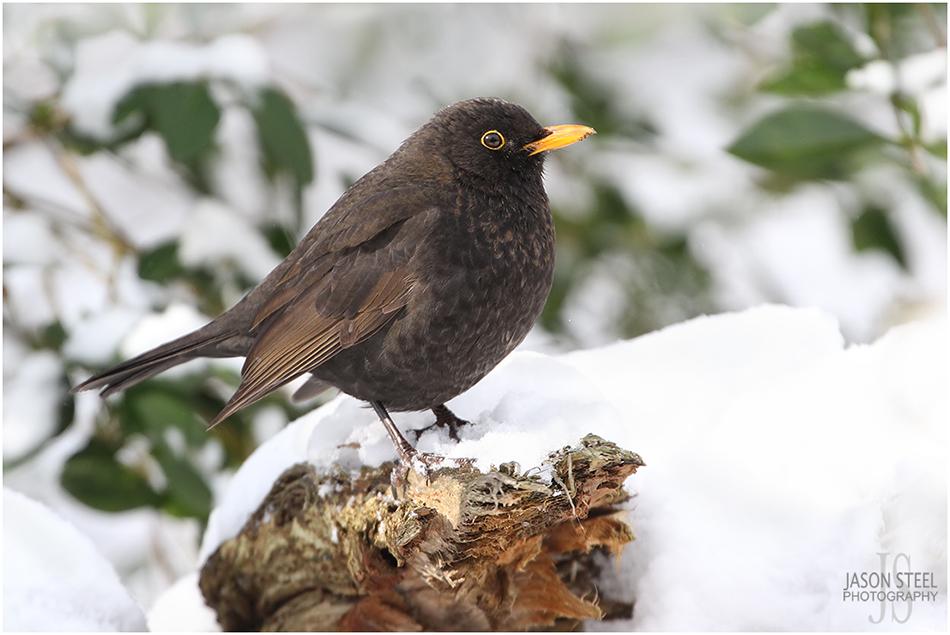
female Blackbird
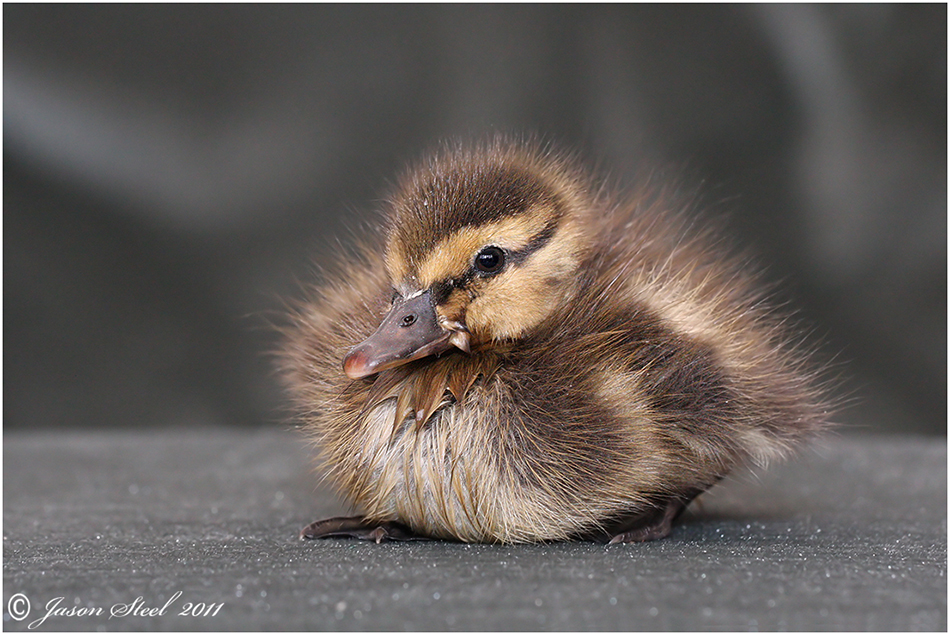
The Mallard Duck (Anas platyrhynchos)
The Mallard Duck is a common sight in wetland areas of the UK. The males are instantly recognisable with their brightly coloured green feathers around the head and purple-brown chest. The rest of the body is usually grey in colour and the bill is yellow. The females are less distinctive with brown colouration across the entire body and an orange bill. Females usually lay clutches of up to a dozen eggs which take just a month to incubate.
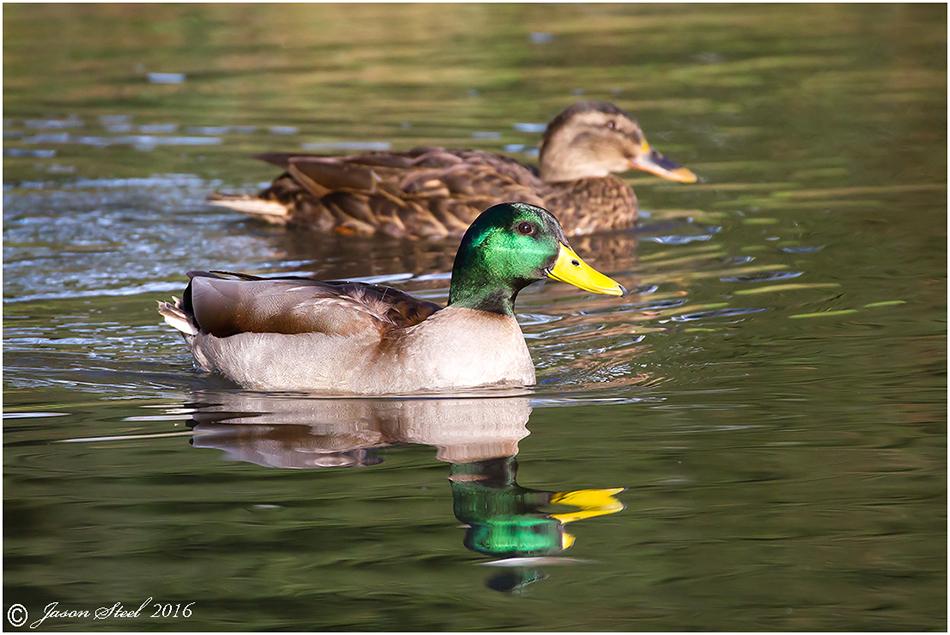
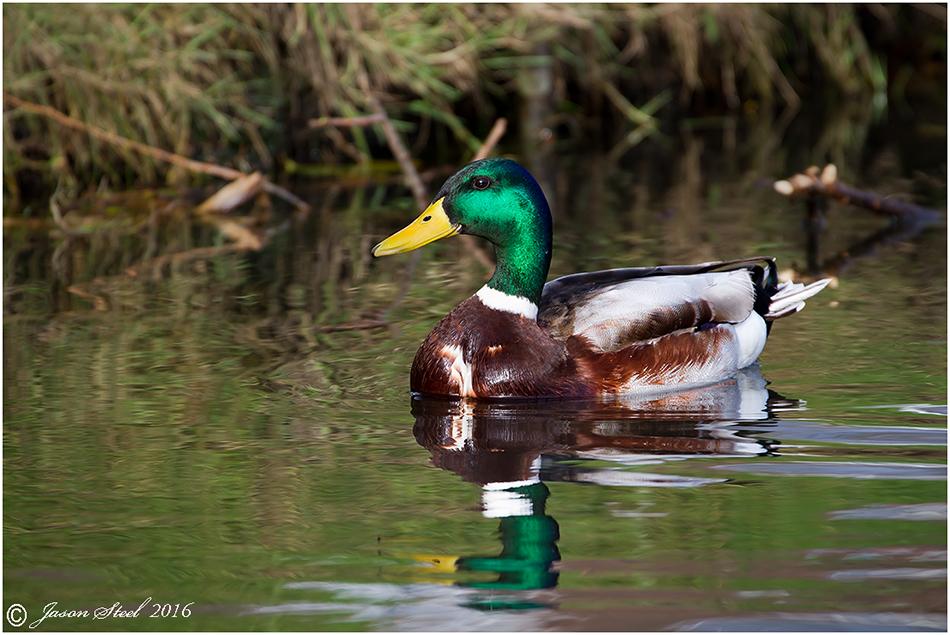
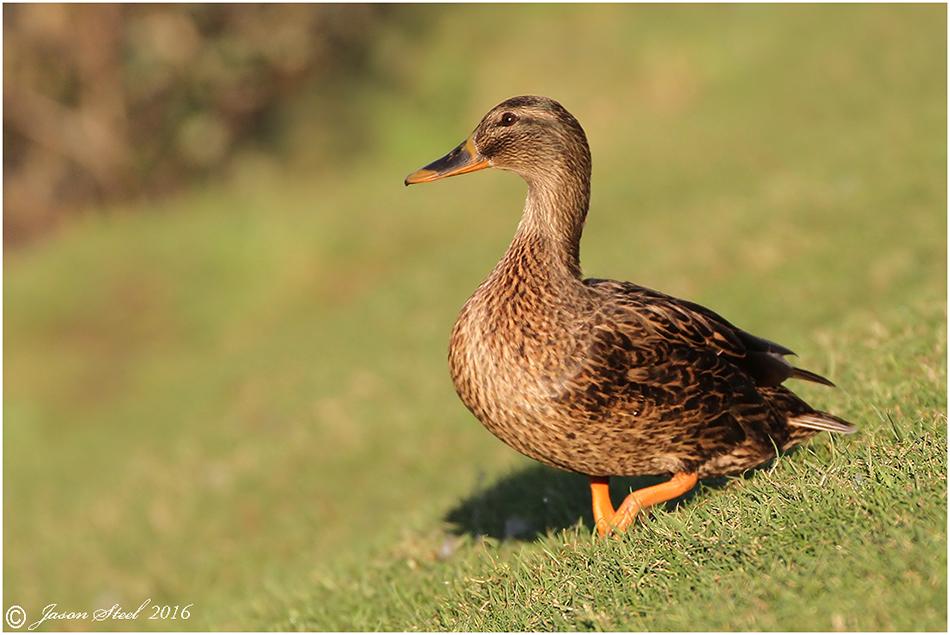
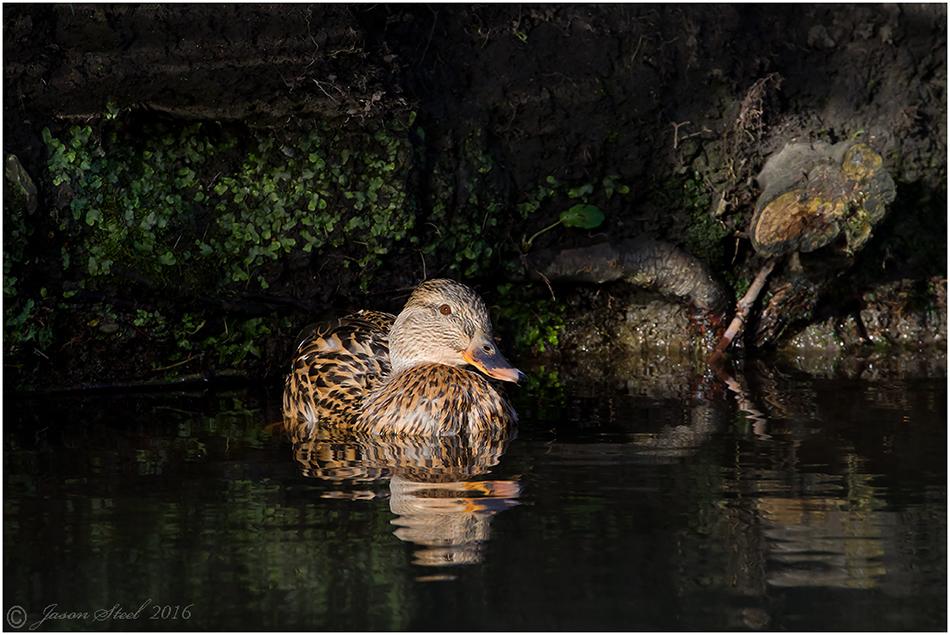
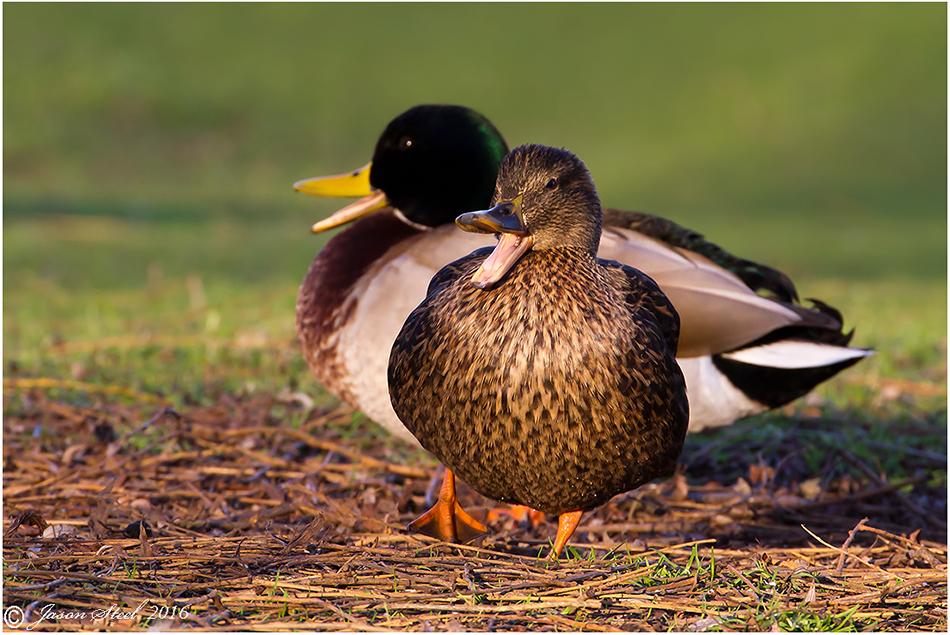
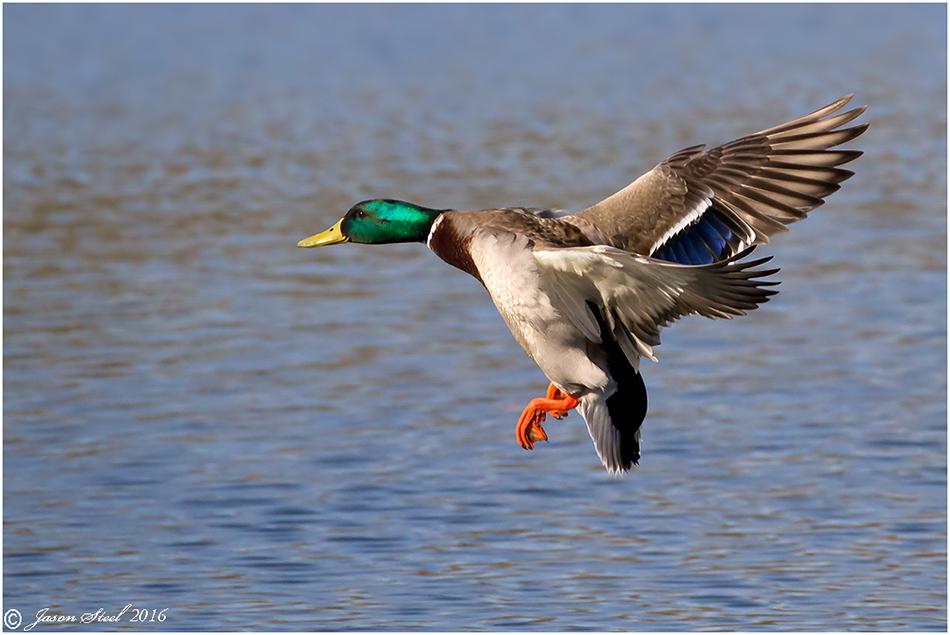
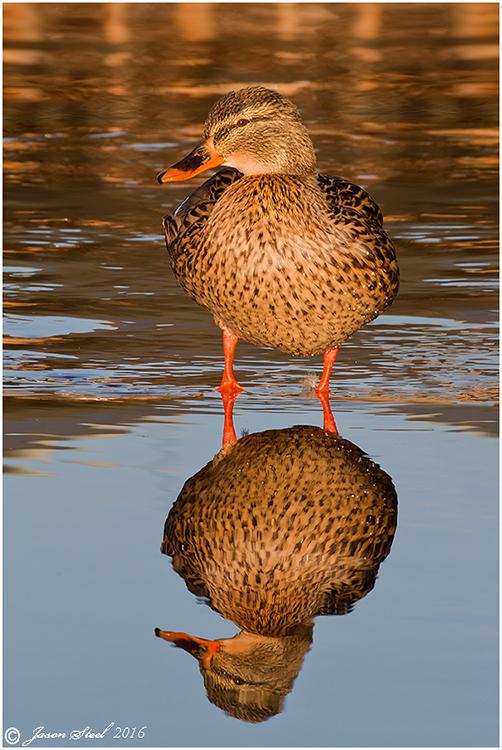
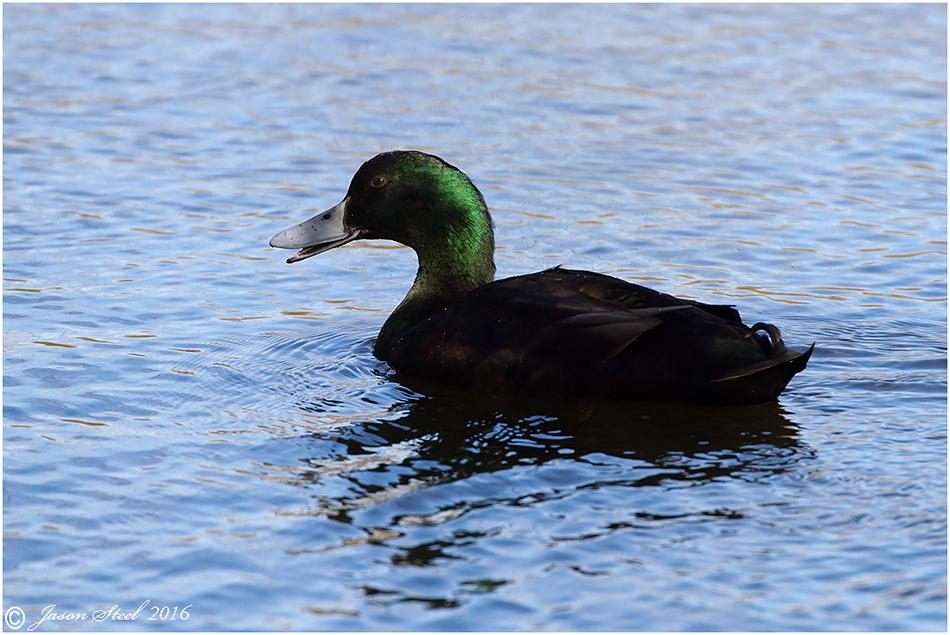
Cayuga Duck (Anas platyrhynchos domesticus)
The Cayuga Duck is a domestic duck originating from the USA but is occasionally found living in the wild with other ducks. It is believed that all domestic ducks (apart from Muscovy Ducks) are descendants of the Mallard Duck hence they their share the Latin name of the Mallard Duck with the addition of the suffix "domesticus". The Cayuga Ducks are similar in size to the Mallard with some being slightly larger. They have a dark green head, a black or very dark green body, and a grey bill.
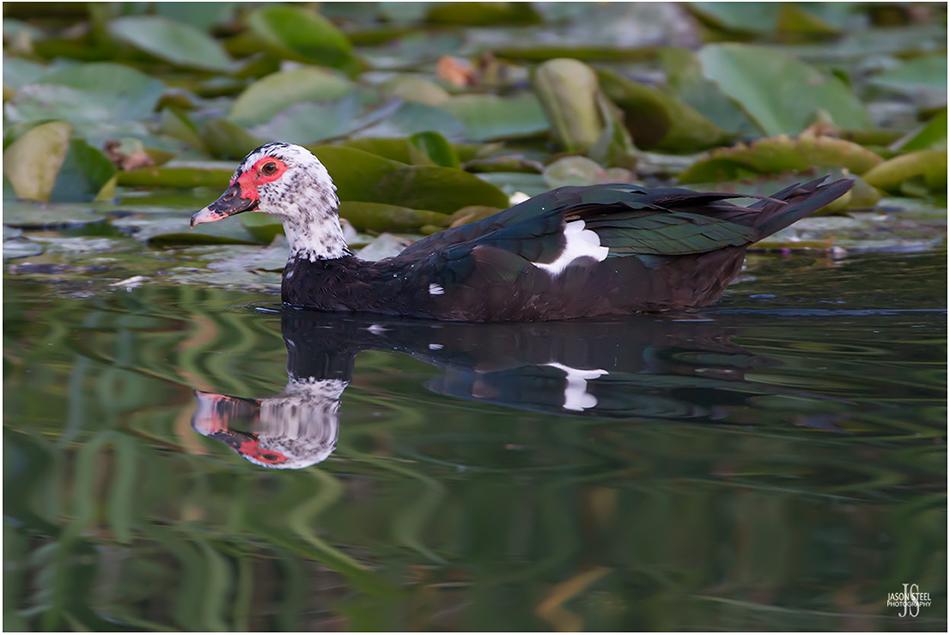
Muscovy Duck in a village pond in Otford, Kent. September 2020
Muscovy Duck (Cairina moschate domesticus)
The Muscovy Duck is a large domesticated duck originally native to South America, Central America and Mexico. Despite originating from a more tropical climate the domesticated Muscovy Duck has adapted well to cooler climates. Their plumage is variable but generally black and white.
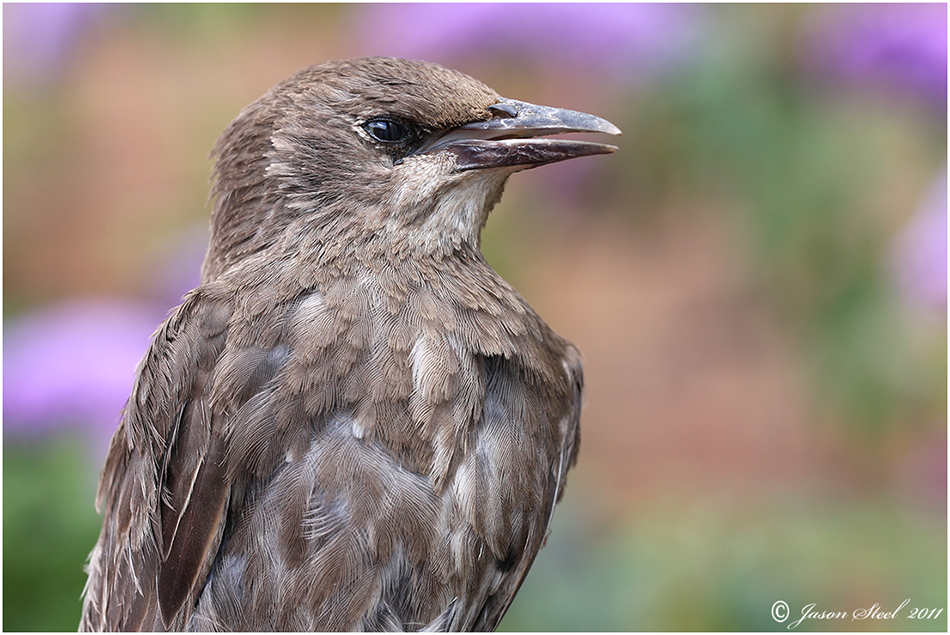
Starling (Sturnus vulgaris)
The Starling is a common visitor to British gardens. Starlings are great mimics and are well known to imitate sounds such as car alarms and telephone ring-tones. Although Starlings will eat almost anything they will only feed invertebrates to their young ensuring they receive a high protein quality diet. This young starling pictured above has yet to develop its adult feathers. In Autumn the young starlings moult and reveal the black speckled adult plumage.
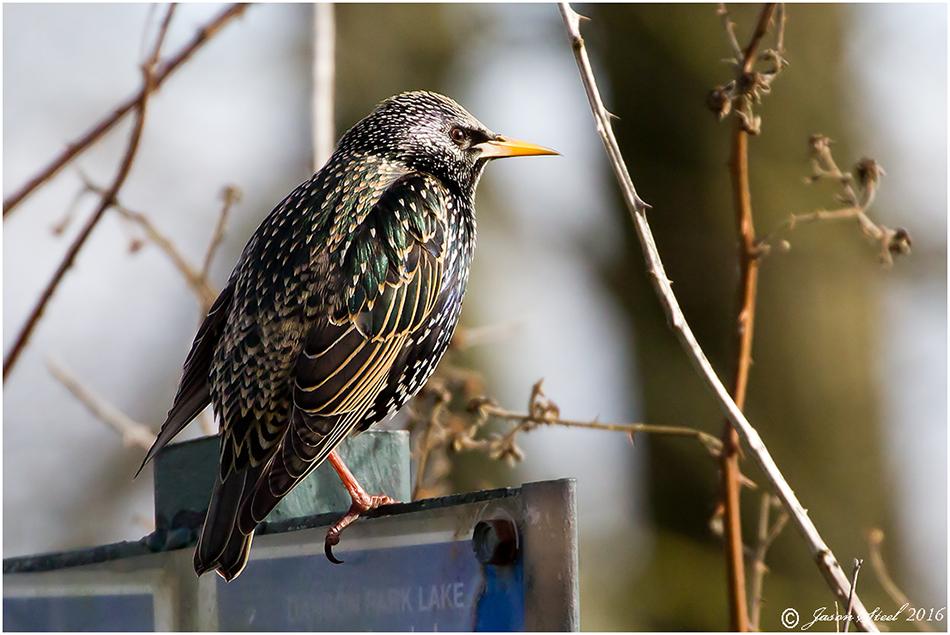
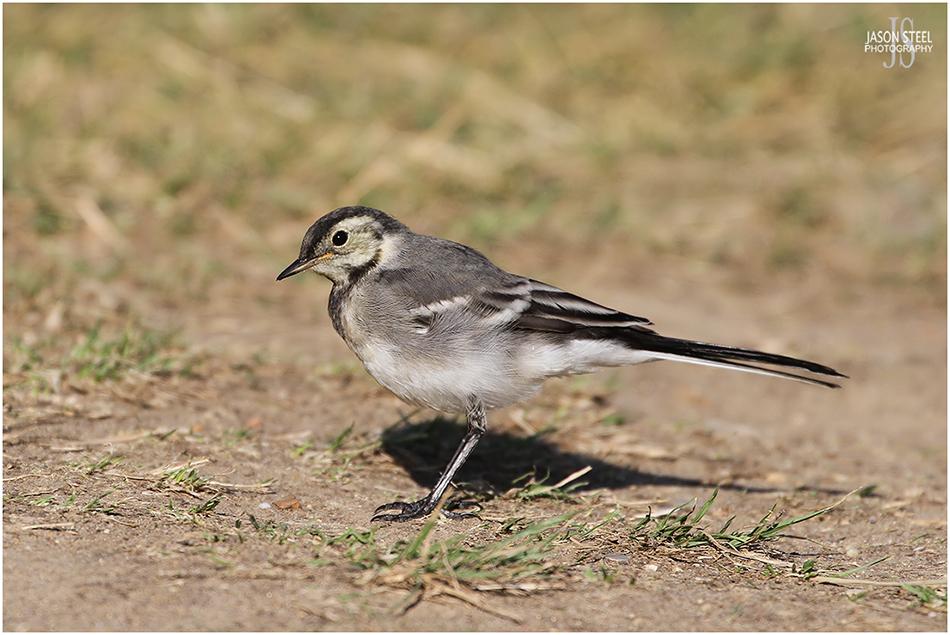
Juvenile Pied Wagtail, photographed in Great Yarmouth, September 2019
Pied Wagtail (Motacilla alba)
The Pied Wagtail is a resident to the UK throughout the year. It has a length of around 18cm and a wingspan of 25-30cm. Often seen in gardens, parks, car parks and wetlands. Pied Wagtails feed primarily on insects but will readily feed on seeds or even rubbish during colder months when insects aren't available. Wagtails have a very distinctive walk with their tail bobbing up and down and are instantly recognisable. Both the other species of Wagtail found in the UK have yellow underparts so cannot be confused with the Pied Wagtail. The Pied Wagtail usually only lives for two years in the wild.
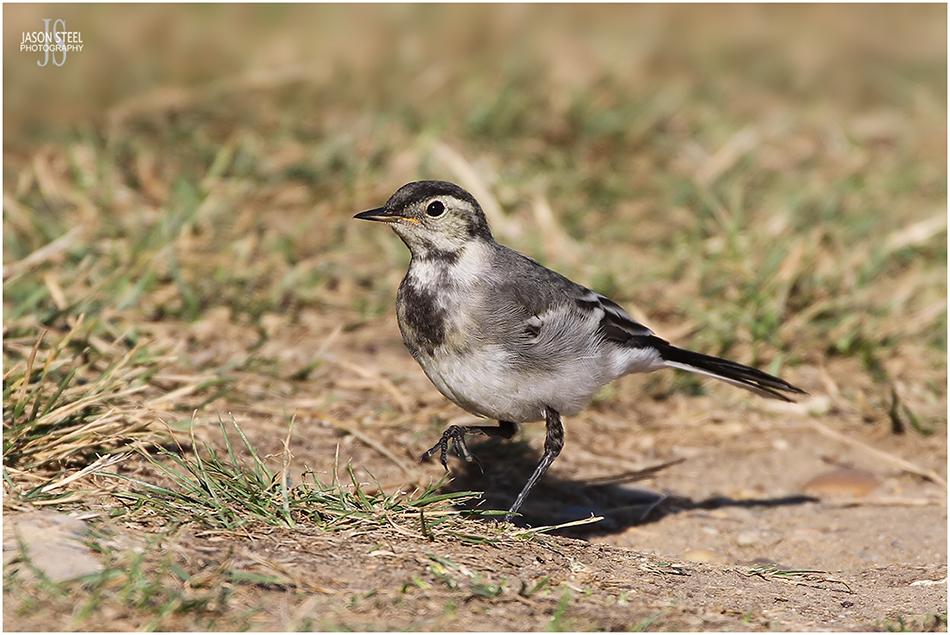
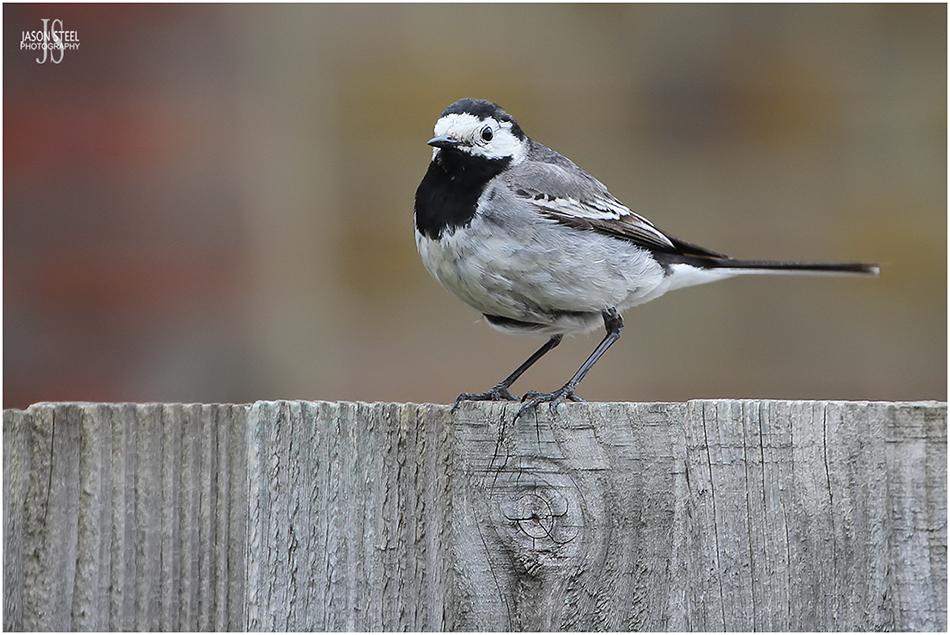
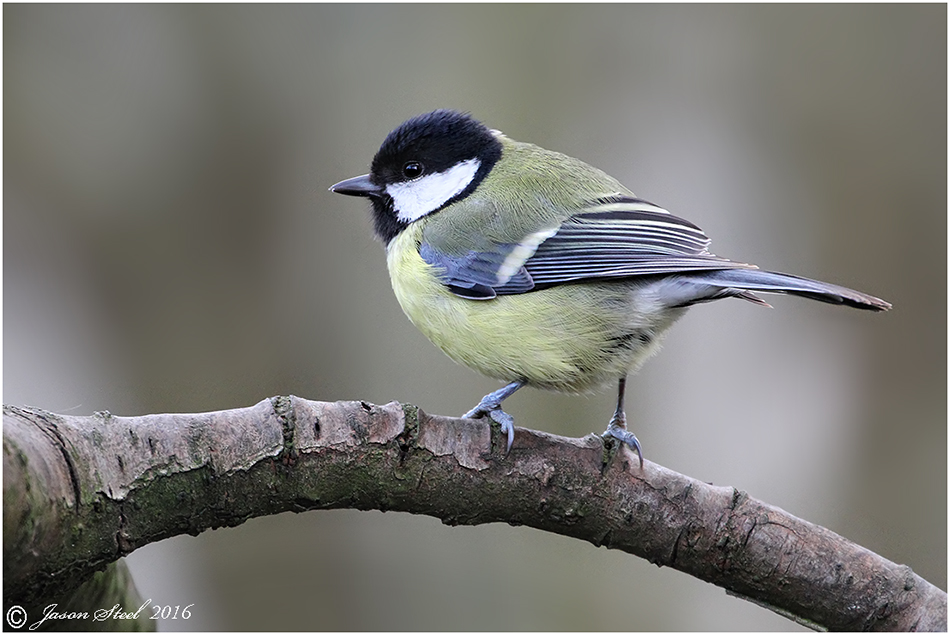
Great Tit
The Great Tit is the largest of the British tit family of birds and is a common garden visitor. They are easily recognisable by their glossy black hoods and white cheeks. Great Tits can be quite aggressive at the bird feeders often chasing off smaller birds such as the Blue Tit. They can been seen in the UK all year round and feed mainly on nuts, seeds and insects.
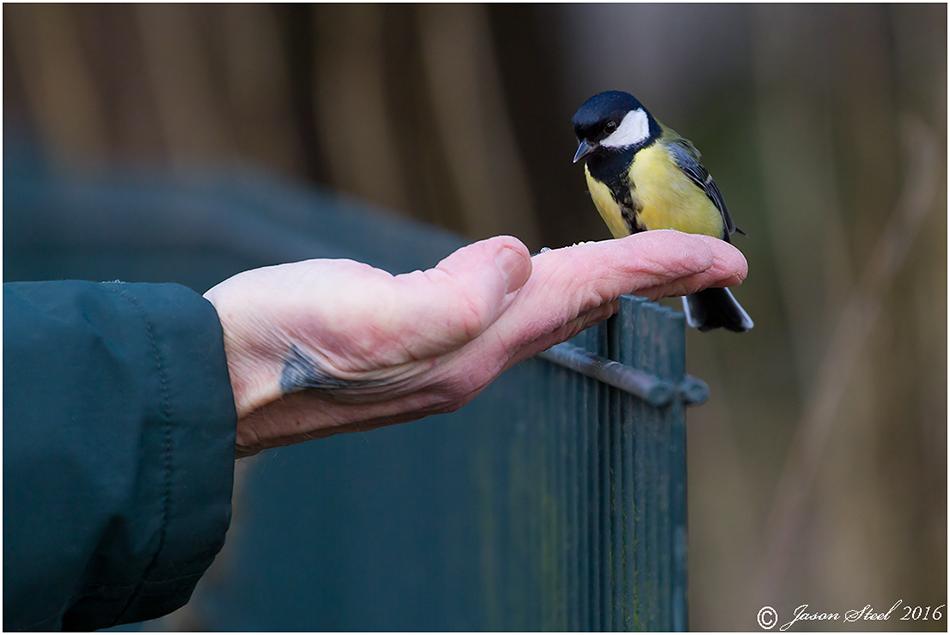
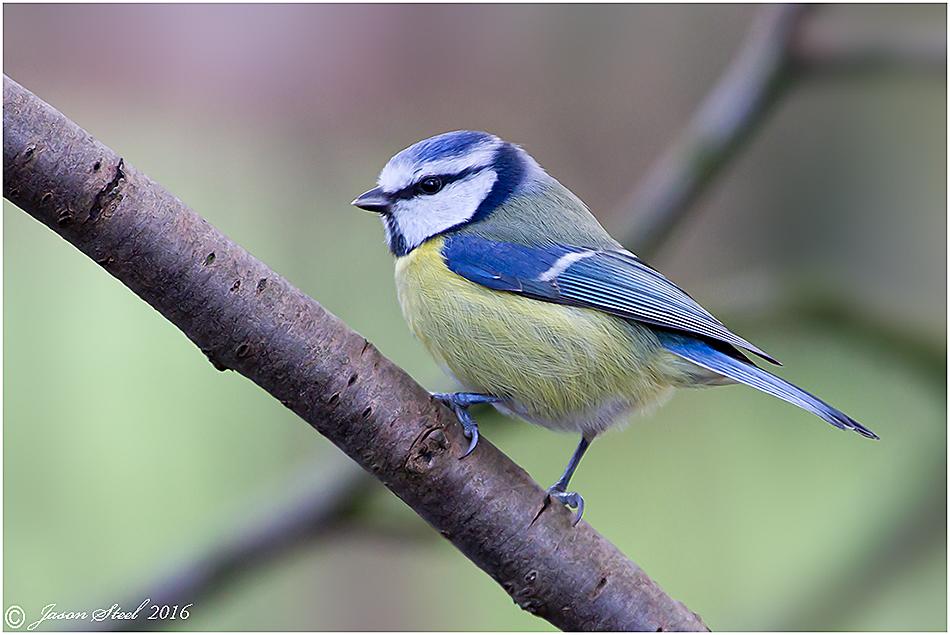
Blue Tit (Cyanistes caeruleus)
A common and widespread species, the Blue Tit is a colourful garden visitor also found in woodlands, hedgerows and parks. They are considerably smaller than the Great Tit and are often seen in groups especially during the winter months. They feed on insects, caterpillars, seeds and nuts.
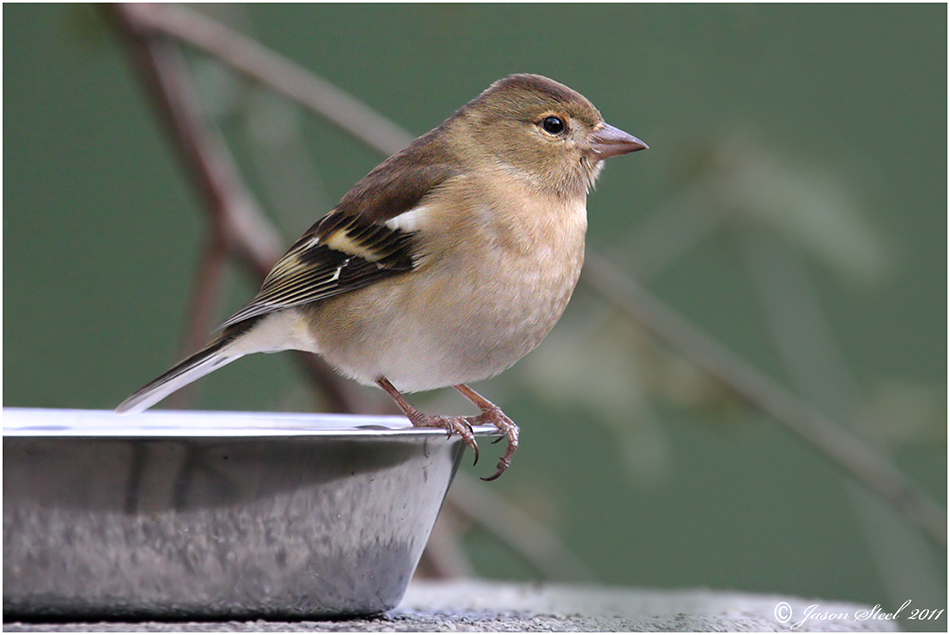
Chaffinch (Fringilla coelebs)
The Chaffinch is one of the most common garden birds in the UK and it is the most common finch in Western Europe. The female Chaffinch pictured above is less colourful than the males which have a reddish underside and a blue-grey cap. They feed mainly on seeds but will also eat insects especially the young. Chaffinches can live for up to 14 years and many migrate to the UK in the winter from colder parts of Europe.
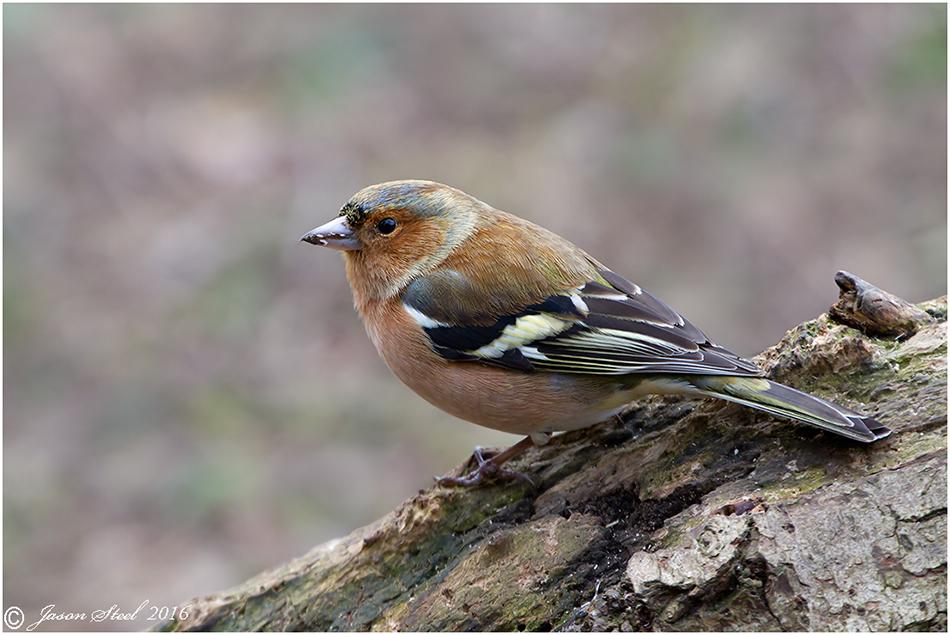
The colourful male Chaffinch, is just at home in gardens on bird tables as it is in woodlands.
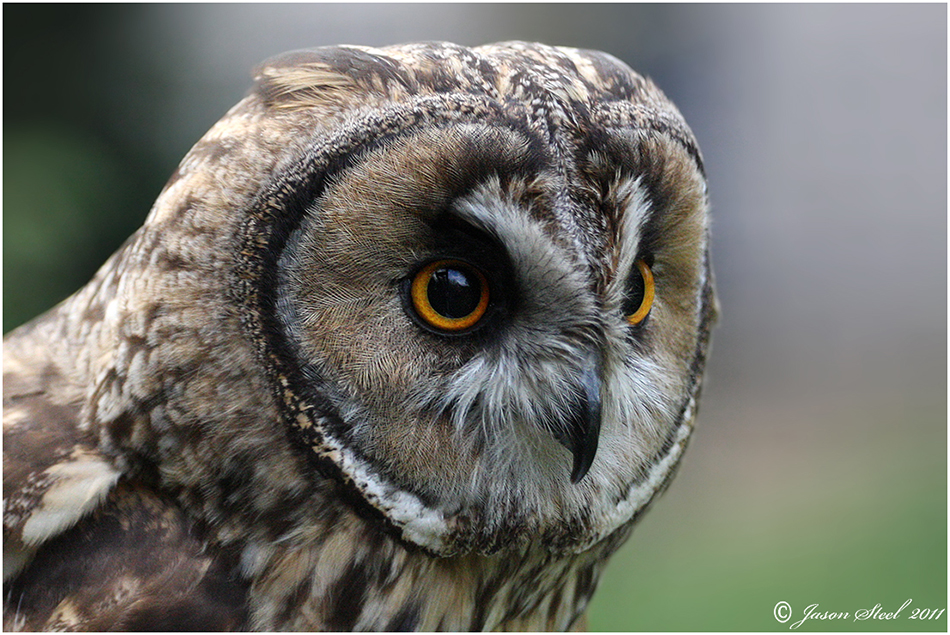
Long-Eared Owl
The Long-Eared Owl is one of seven types of owl found in the UK although these are one of the less frequently seen varieties due to their low numbers and nocturnal and secretive behaviour. They stand up to 35cm in height and can raise two feathers above their head that look like ears if alarmed or disturbed. They have large bright orange eyes that give them excellent vision although these owls hunt mainly on sound as oppose to just vision. They feed on small rodents but will also take small birds if necessary.
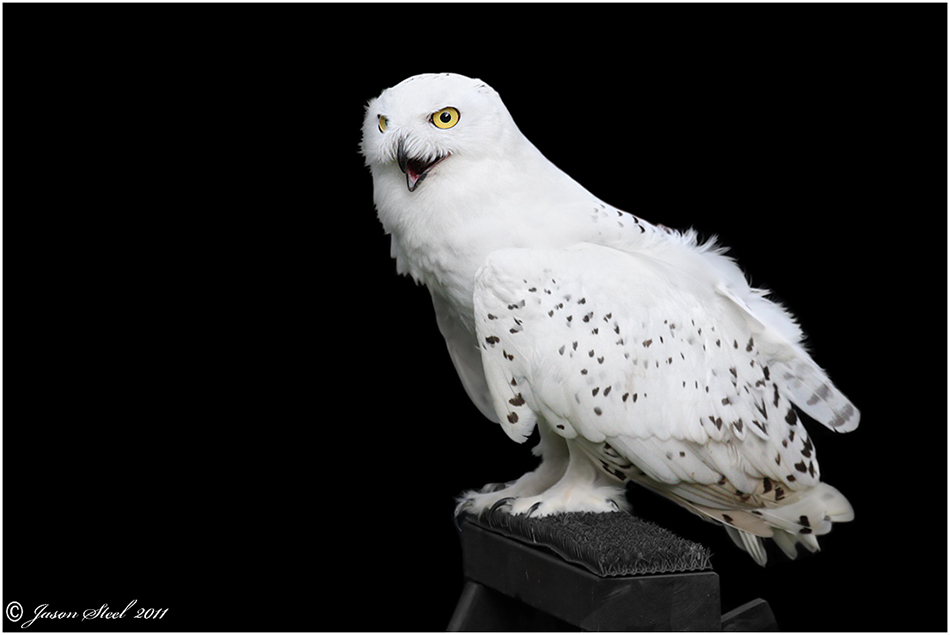
Snowy Owl
The beautiful Snowy Owl is instantly recognisable with its white colouration, large size, black beak and bright yellow eyes. Adult birds can grow to 71cm in length. The adult males are virtually pure white whilst females and younger birds have some black markings. Snowy Owls are found in the most Northern regions of Scandinavia, Russia, Alaska and Canada although they are occasional visitors to many other countries including the UK. They haven't been known to breed in the UK for about 40 years now. These impressive owls are cathemeral meaning that they can hunt both day and night depending on the conditions. This is necessary because it doesn't get dark even at night during the summer months in the Arctic.

Barn Owl
The Barn Owl stands 25cm tall and is another of the UK's favourite birds with its white underside and beautifully marked tan and grey back and wings. Mostly active at dusk but also occasionally seen during the day the Barn Owl hunts small rodents such as mice, voles and shrews. In captivity these birds can live for up to 25 years of age although in the wild a Barn Owl reaching half this age would be doing well. Barn Owls are found right across Europe but here in the UK they are fully protected by law.
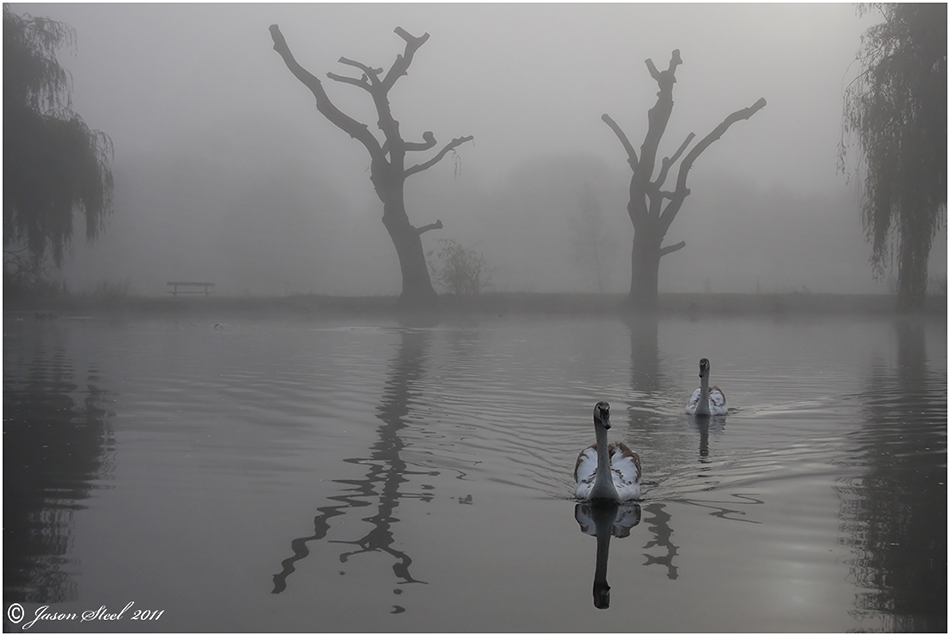
Mute Swan (Cygnus olor)
The Mute Swan is perhaps Britain's most easily recognisable bird. They are one of the largest flying birds with a wingspan of up to 2.5 metres and can weigh up to 15kg. Male Swans are known as 'cobs' and the slightly smaller females are known as 'pens'. They feed mainly on aquatic plants but will also eat crops and grass when on land.
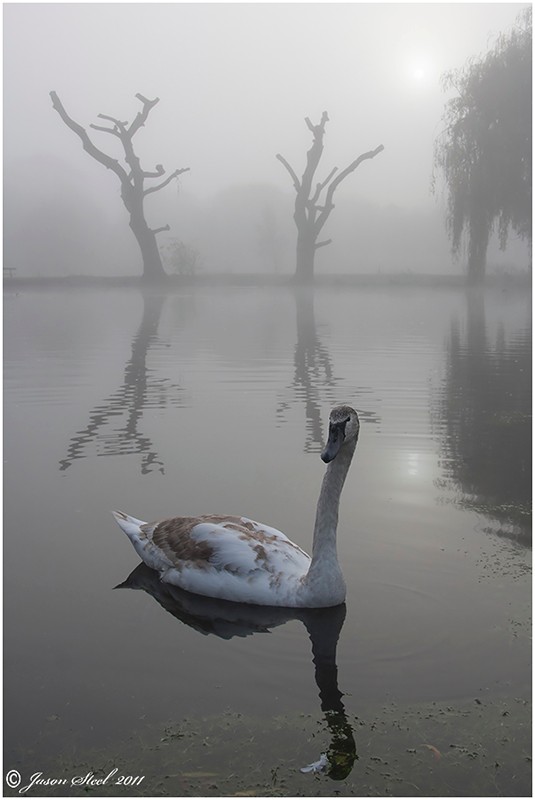
Mute Swans can occasionally live for twenty years but seven years is more typical. Many adult birds are sadly killed in their first year in flying accidents. Mute Swans are native to Britain and can be found right across the country. Their numbers are increased during the winter when they are joined by migrating swans from other parts of Europe. Mute Swans are protected by law in the UK against being captured, killed or harmed as are their eggs and nests.
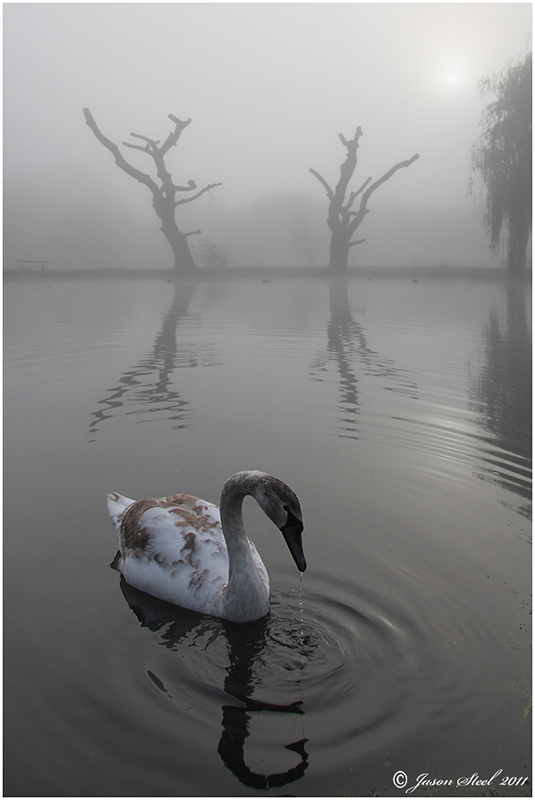
Mute Swans usually lay between 5-12 eggs. The chicks are usually grey for the first couple of months but after that they take on a scruffy grey / brown appearance as their adult feathers start to grow. This where the term 'ugly duckling' came from. After their first winter the swans usually have full adult plumage.
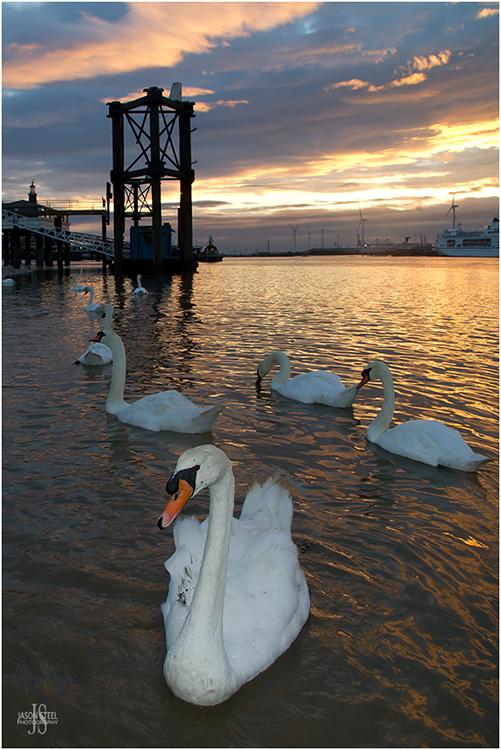
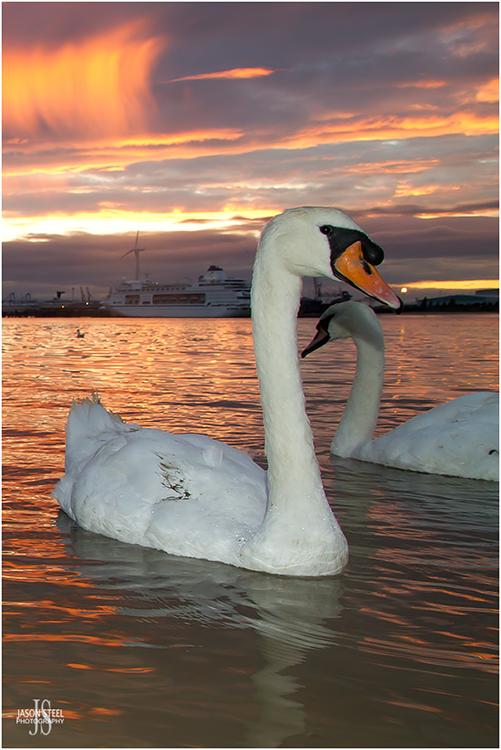
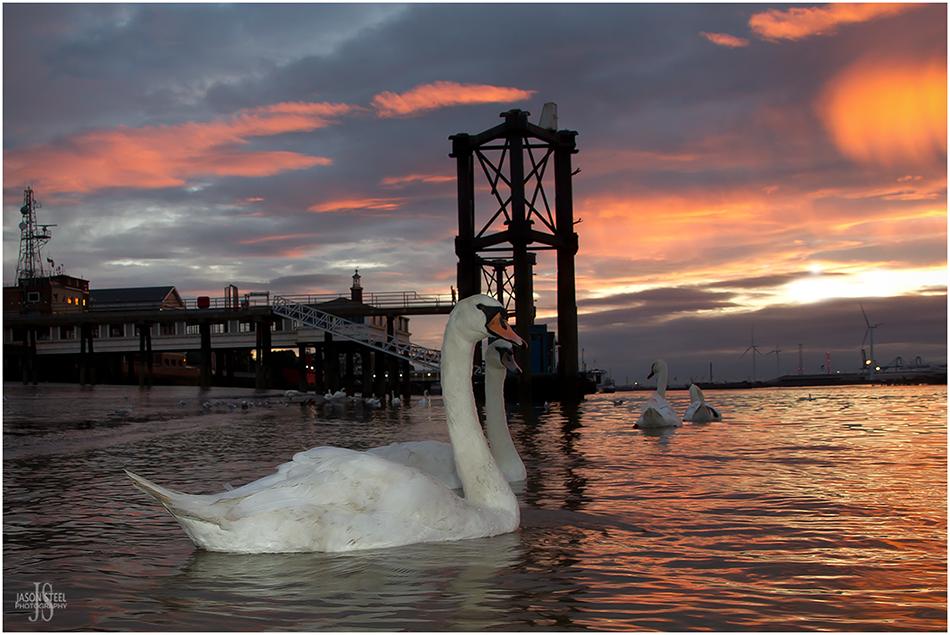
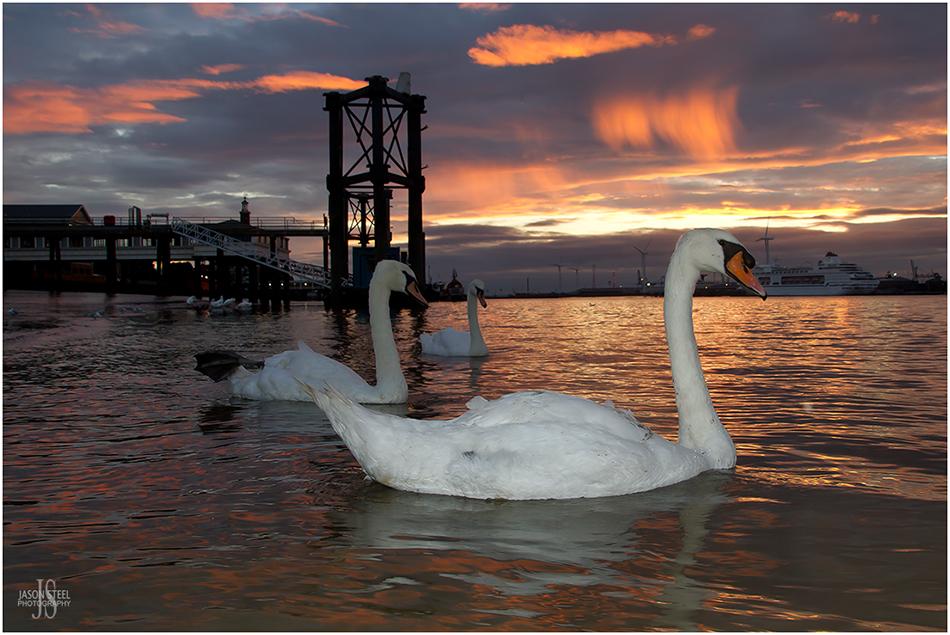
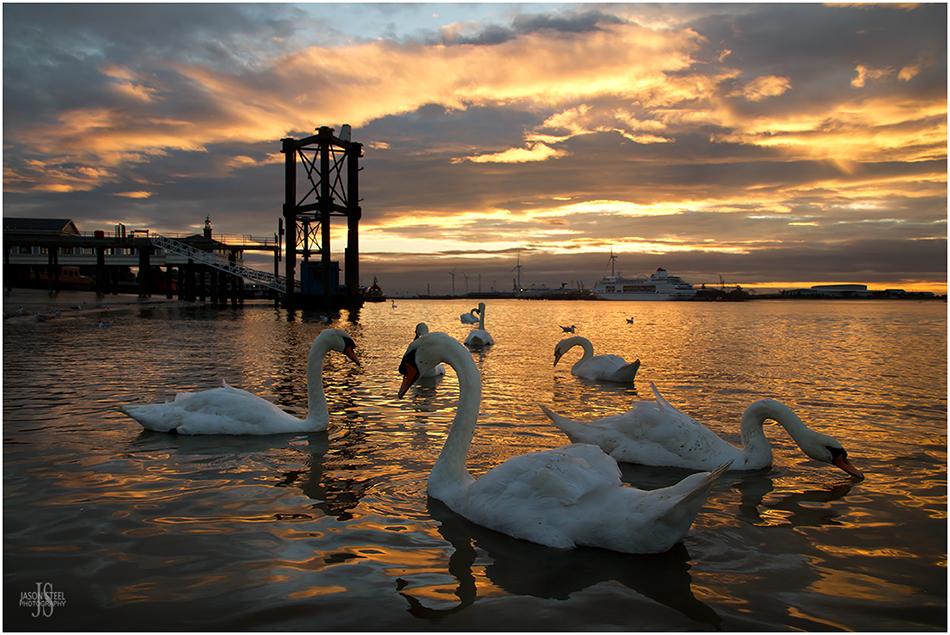


Moorhen (Gallinula chloropus)
The Moorhen is a common sight on many British ponds, lakes, rivers and streams especially in southern Wales and England. They are resident at many sites and rarely travel far. They can be seen all year round at any time of the day. They can look totally lack in appearance but closer inspection reveals a brownish back and a blue / grey chest and underside. They have long green / yellow legs with long un-webbed feet.

Tufted Duck (Aythya fuligula)
Tufted Ducks are a medium-sized diving duck found resident across the UK but are less common in Wales. Getting their name from the obvious crest on the back of the head, they are predominantly black with white flanks, a blue/grey bill and bright yellow eyes. The females are brown and less easily identified. Their numbers in the UK increase in winter due to migratory birds joining them from colder parts of Europe including Russia and Iceland.
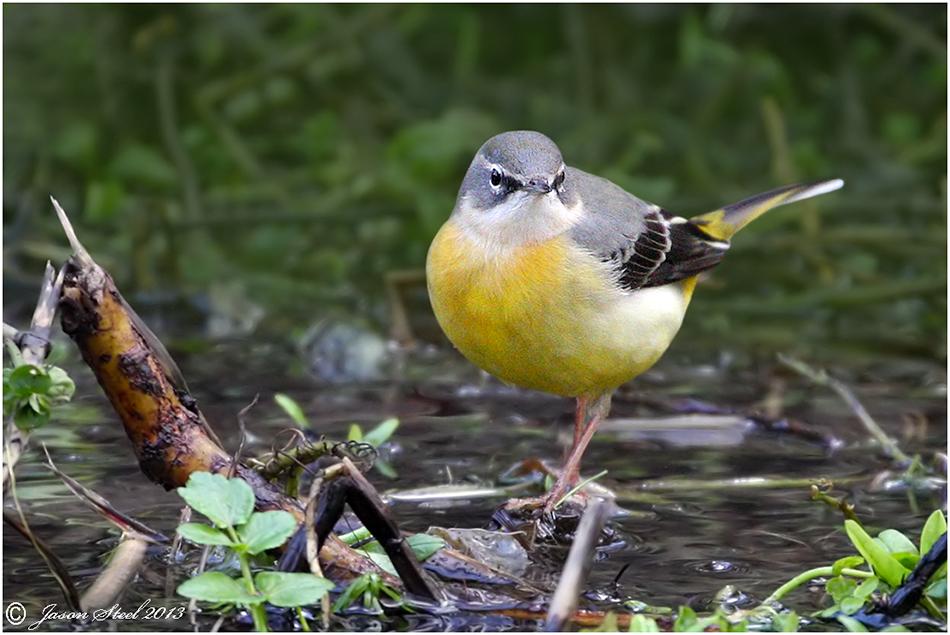
Grey Wagtail (Motacilla cinerea)
Despite its name the Grey Wagtail is a beautiful and brightly coloured little bird. It's back is dove grey but the chest is lemon-yellow. Their numbers have declined in recent years and they are particularly affected by cold winters. The Grey Wagtail is usually found feeding on insects along fast running rivers and streams as well as marshy ground and meadows.
Photos on this page were taken using the Canon 40D Camera and the following lenses: Canon EF-S 17-85mm f/4-5.6 IS,
Canon EF 70-300mm f/4-5.6 IS L, Canon EF 70-200mm f/4 L USM lens, Canon EF 100mm Macro 2.8 L IS, Canon Extender EF 1.4x.